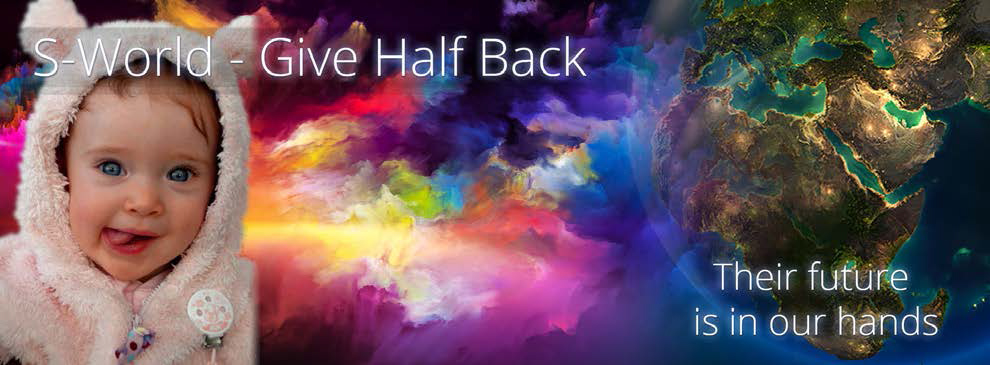Ripple Effects and Elephants
Angel Theory Book 3.14
The GDP Game
The S-World UCS™ MZ-Network
By Nick Ray Ball 30th January 2018

PRESENTING:
Chapter 14: Ripple Effects and Elephants for Paul G Allen
This chapter continues from Angel Theory Book 1.4 S-World Special Projects (of philanthropic, ecological, or scientific merit), but where that chapter listed 16 projects and one answer, this article presents answers to almost everyone, and adds ten more. This chapter is the current conclusion of Angel Theory.
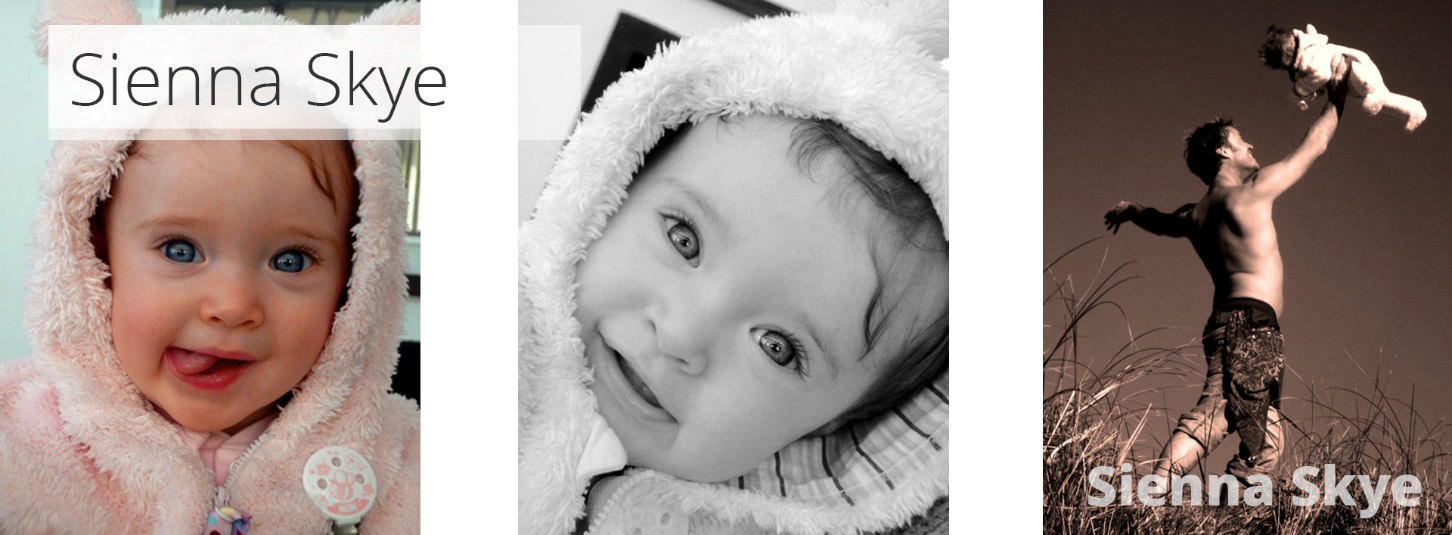
Inspired by Sienna Skye
In 8,187 Words
Version 7.19.u6
M-System 2 – Ripple Effects & Elephants
An Ecological and Philanthropic Theory of Everything… plus Space.
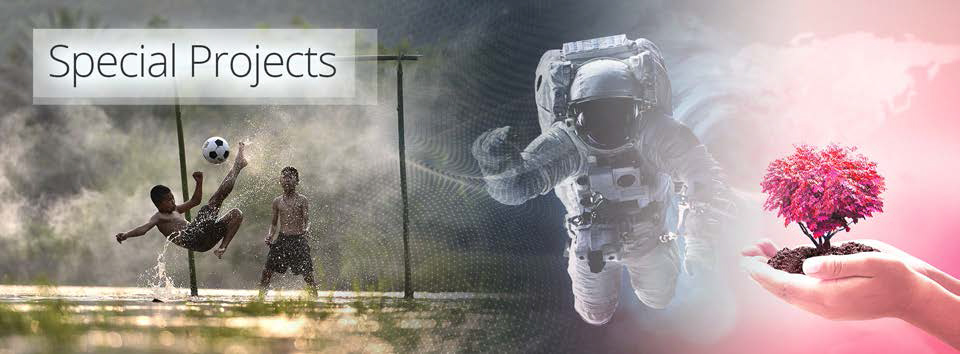
M-System 2. Ripple Effects & Elephants was originally named ‘The M&B String,’ seen as M<>Bst. The ‘M’ being Mother, the ‘B’ being Baby, the <> is the iteration between the two, which is nearly all Mum in early years but could completely reverse by the end of the journey, and the String (st) is the extended family.
This is the philosophy behind BabyPOP. When creating Grand Networks, the first network made is the Mother, who creates a Baby (The 2nd Grand Network), then both work together to create the 3rd Grand Network, and so on until there are 16.
BabyPOP was first described in 2012 within the book ‘American Butterfly’ http://americanbutterfly.org, and is now described in Angel Theory Book 2.3 ‘The Network on a String.’
American Butterfly describes a design for a powerful business network in the USA, made hypercompetitive due to ‘Economic Butterfly Effects,’ which would eventually spread from the USA across the world.
Below, we see some of the original system designs.
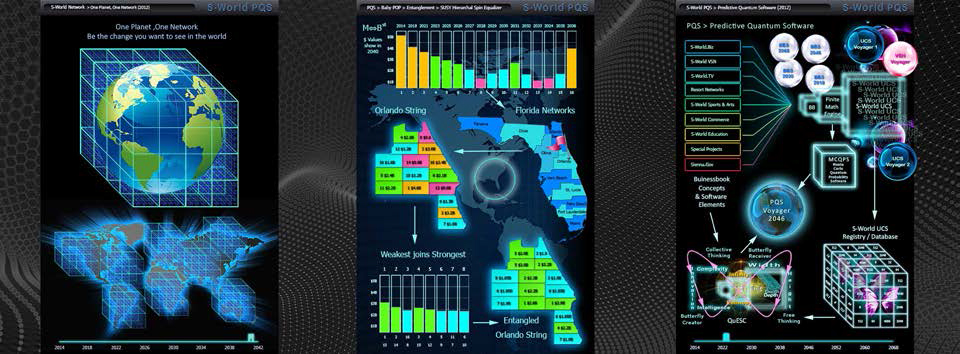
A simpler way to say, ‘Economic Butterfly Effects is ‘Ripple Effects…’
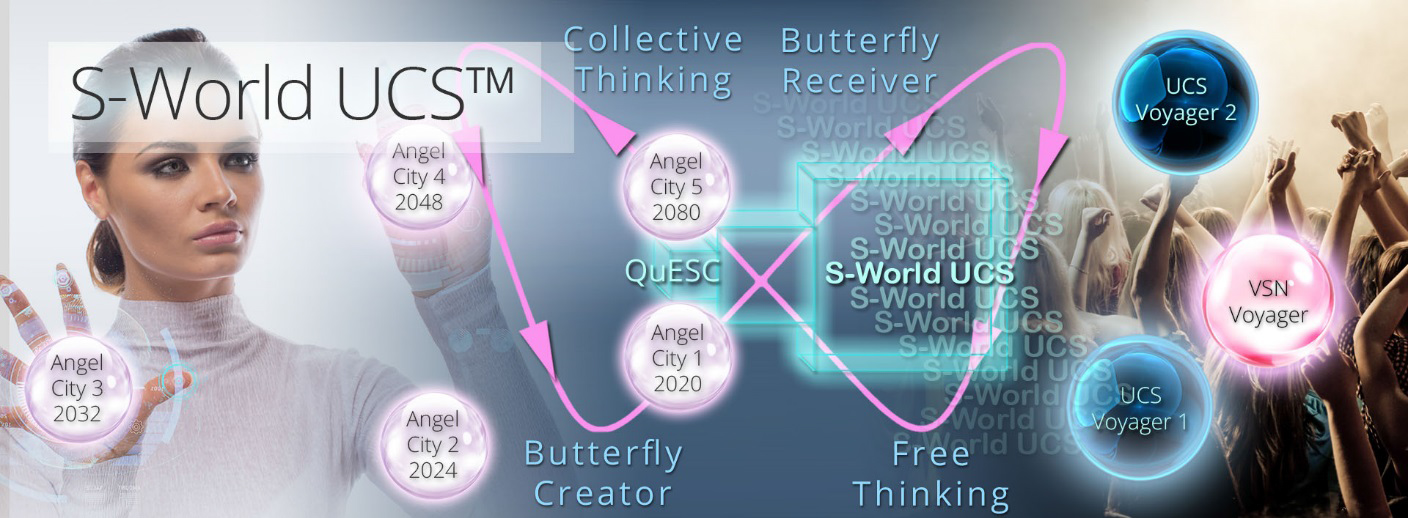
Ripple Effects have always been at the very core of the S-World design. The graphic above helps to illustrate the point and presents M-System 13. S-World UCS™ Voyagers & M-System 14. Angel Cities, the system that seeks to create sixteen S-World Special Projects of philanthropic, ecological, social, or scientific intent.
The source who influenced M-System 2’s change of name from ‘The A&B String’ to ‘Ripple Effects and Elephants’ is Microsoft co-founder Paul G Allen, whose websites I browsed in late 2015; in which Allen mentioned his fondness for technological solutions that created ripple effects and expressed his love for elephants and his desire to protect them.
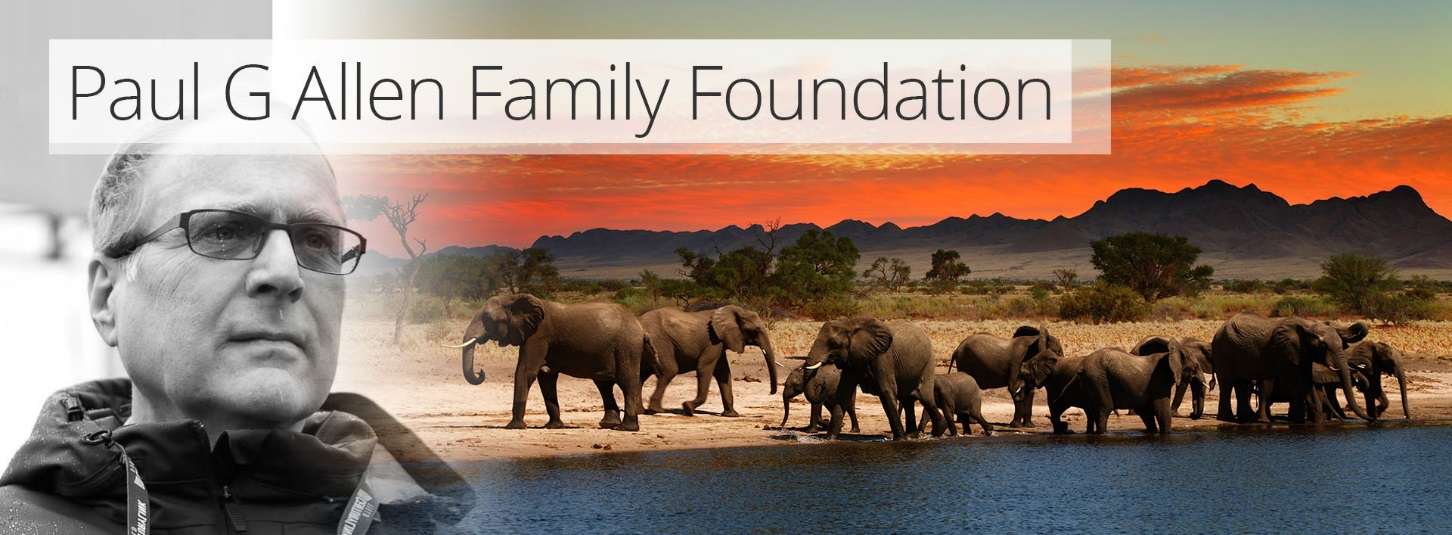
As the first (and at that time only) Special Project that has a solution was ‘Experience Africa’ which used the M-System 1. TBS™ (Total Business Software) design & Villa Secrets network model (See Books 4 and 5) to create solutions for the safari industry, which would be non-profit; the math lead to game changing ripple effects if we reached the volume of 1,000 small agencies and 2,000 safaris using the software; which was, in any case, less than the amount of companies we wished created by Villa Secrets. So, if the Villa Secrets plan worked, so would Experience Africa, and there’s the ripple effect. Experience Africa is created as a consequence of creating Villa Secrets and the TBS™ Software.
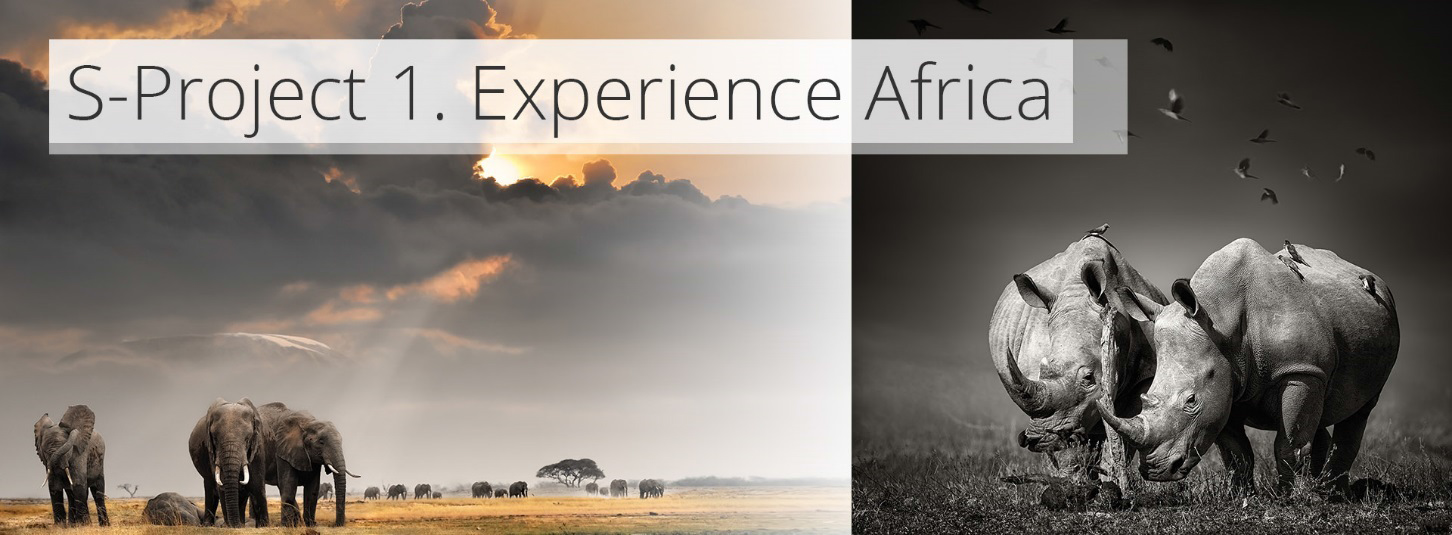
However, apart from a bunch of microeconomic ripple effects which are critical, I had little in the way of broad appeal in terms of ‘big tangible ripple effects’ that would catch the attention of my peers and the public, except Experience Africa.
Until I completed the first draft of Angel Theory Book 3.
‘The GDP Game.’ I guess, subconsciously, I wrote Book 3 around these 16 Special Projects because at the end of the first draft, I looked to see how many projects had been created as a part of this network, and it was almost every single one, plus 10 subprojects.
24 very significant ripple effects created as a consequence of creating the Malawi Grand Network, as is described throughout Angel Theory Book 3. ‘The GDP Game.’
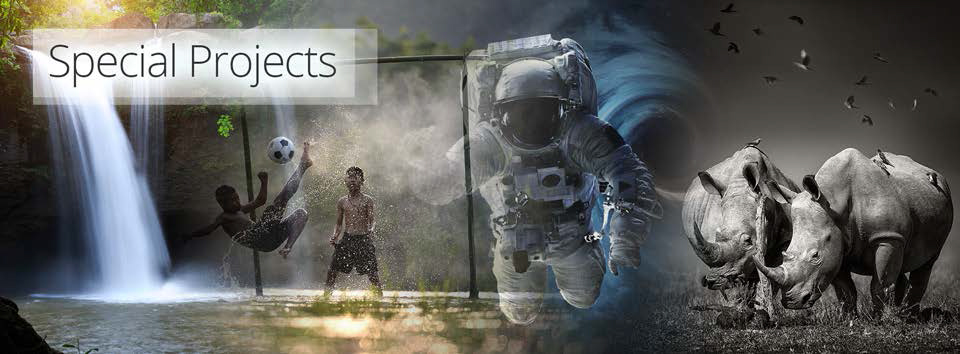
‘How can we accomplish as much good as possible?’
The critical point (in terms of ‘how can we accomplish as much good as possible?’) is simply that once the software is created, all of the following projects presented are created from the ripple effects of investment not donations.
And so current philanthropic funding can carry on funding what it funds, business and countries can invest in S-World bonds, see a significant return, and accomplish the most good as a part of the process.

We do, however, need such philanthropists in the creation of the software. This said, even the software phase is an investment (and in my opinion the wisest of all S-World opportunities), as it creates the first three Super Projects: 1. S-World TBS ™ (Total Business Systems), 2. S-World VSN™ (Virtual Social Network), and 3. S-World UCS™ (Universal Colonization Simulator). All of which have a significant profit component.
That’s the current objective, to create the software. And in doing, besides giving Villa Secrets and Experience Africa the opportunity to deliver, it will prove or disprove the Malawi Grand Network Hypothesis and ‘The GDP Game,’ which (in any case) has been written around arguably the most diligent economics on the planet; and the book ‘Capital in the 21st Century’ by French economist Thomas Piketty whose principle of convergence is very difficult to argue with, and is backed up by Peter Schiff, and (in fact) every economist or financial expert I have researched.
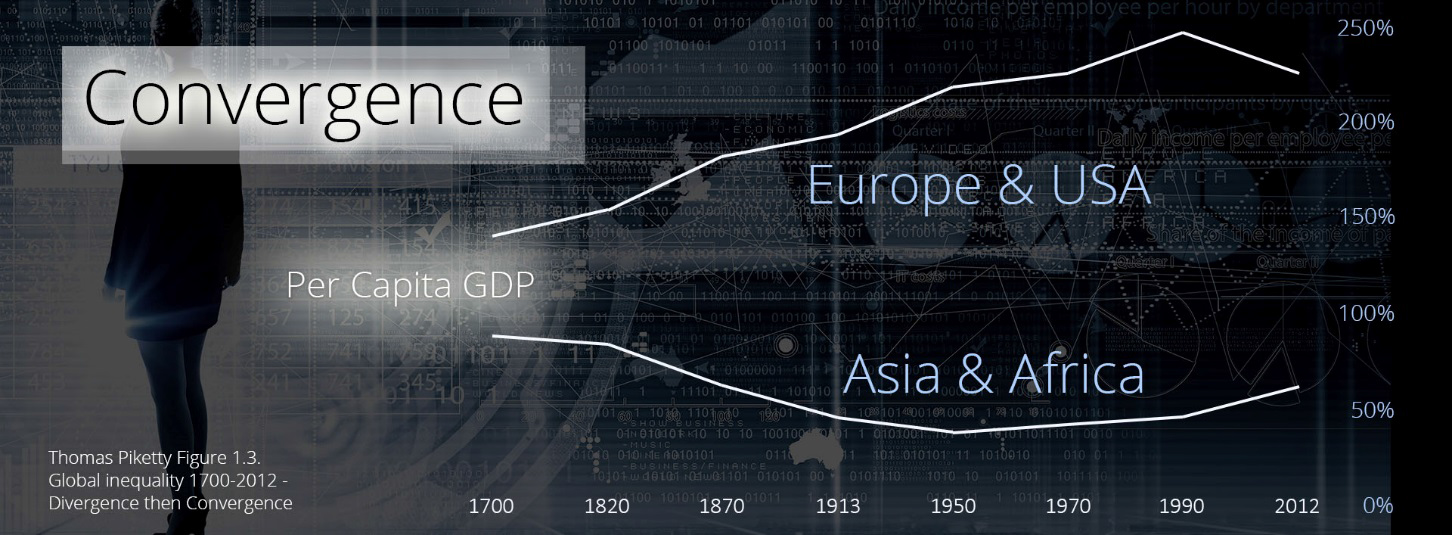
The point to convergence is that for the last 30 years or more, Asia and Africa have been gaining at Europe, Japan, and the USA. And because of this phenomena investment in Asia and Africa will tend to outperform Western investments. And that’s what we are doing in ‘The GDP Game,’ hypothesising the best investment in the locations that have the greatest opportunity to rebound and grab greater GDP market share.
Special Project 1. Experience Africa (Angel City 1)
Special Project 1. Experience Africa is already underway, as the 20 unique and beneficial systems of Villa Secrets are set to create superior systems for the safari industry and thousands of related businesses; which by 2020 has the potential to provide game changing funding for the protection of Elephants, Rhinos, Cheetahs, and other endangered animals.

GDP Game Solution…
Despite being a project that already had a significant ripple effect from M-System 1, the Malawi Grand Network design becomes the principle base for Experience Africa, creating many jobs and opportunities, and preserving the elephants, rhinos, & cheetahs across its borders to all of vulnerable Southern Africa.
Special Project 2. The Ecological Economy
The second of 8 ecological Special Projects, The Ecological Economy goes back to the very beginning of S-World and the movie ‘The Sienna Project,’ in which Sienna shows me, her father, ‘The Ecological Experience Economy’ (EEE). Above all else, this economy protects our planet!

GDP Game Solution…
We have a dedicated chapter on this point. Book 3 Chapter 6 ‘Ecological Rules’ tell that Malawi and Zimbabwe were chosen because half of their land was poorly tended farm land; and how km by km we could, if rezoned, commercially develop half the land and create forest and nature reserves in the other half; which of course has the advantage of increasing the value of the land. But more importantly, it flies past the S-World ‘EEE’ rule that each km square of development must create more oxygen post development than it did prior to development, and in general must be an ecological improvement.
Special Project 3. Advancing Human Potential
One purpose of the software and systems: S-World VSN™, S-World VBN™, & S-World UCS™ is to advance human potential by giving everyone the systems to compete with the big guys, and then see them all flourish as equity holders in the new S-World network economy.
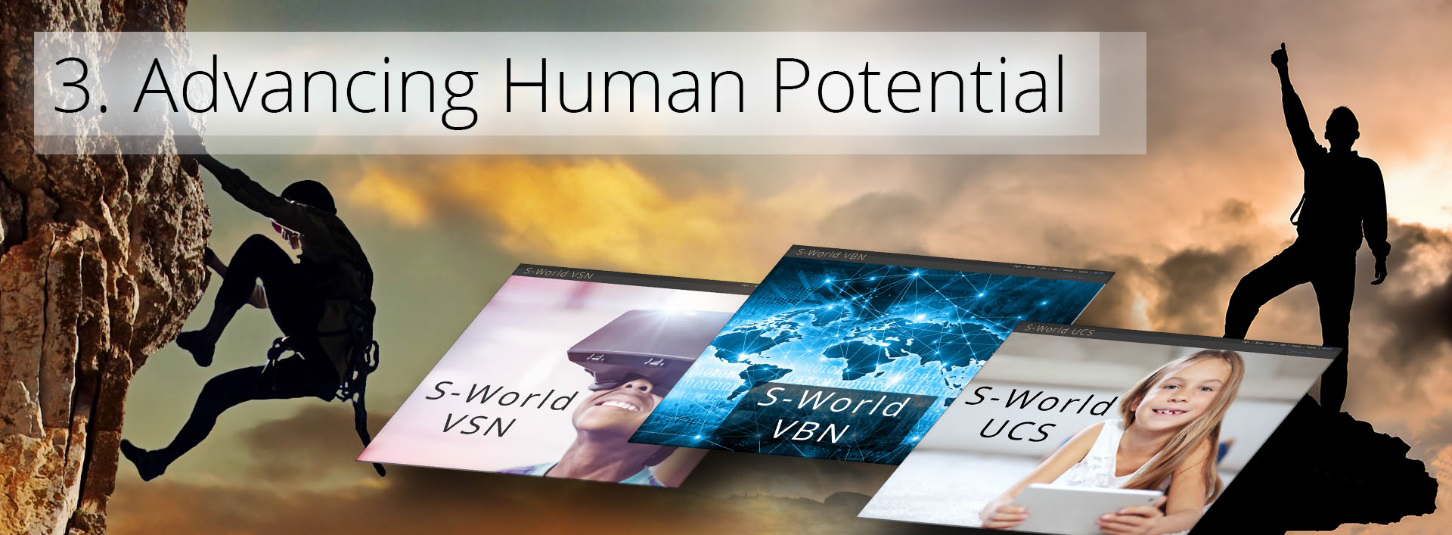
GDP Game Solution…
At the heart of S-World UCS™ and the Virtual Networks are training games such as S-World UCS™ ‘Villa Mogul,’ which will give a very real and complex simulation of what it is like to work in the vacations rentals or real agency industry, and other games will do the same for different industries.
One continues to play different tutorial games and (in general) becomes an expert at the TBS™ Systems until one has found the industry they are most suited to; where after, the applicant applies for a ‘Spartan Profit Share Contract’ position within a new company. So, solving problems of training and recruitment, incentivising the whole work force towards making profit, and in general creating a more equal society.
However,
Special Project 3b. Internet, Education, & the Training of Nations
In locations of abject poverty such as Malawi and Zimbabwe it’s not enough to create training programs in S-World VSN™ (Virtual Social Network), S-World VBN™ (Virtual Business Network), and S-World UCS™. We need to first provide internet coverage.

GDP Game Solution…
‘Capital in the 21st Century’ Thomas Piketty says: ‘Historical experience suggests that the principal mechanism for convergence, is when the poor catch up with the rich to the extent that they achieve the same level of technological know-how, skill, and education.’
And, because this point is pivotal to the long-term economics of countries such as Malawi or Zimbabwe, who need to get internet access and a bouquet of basic, primary, middle, high school and degree level education games and online classes.
However,
Special Project 3c. Electricity
The problem of internet coverage has a more fundamental problem at its base. In 2014, the World Bank reported that only 11.9% of Malawi and 32.3% of Zimbabwe had access to electricity, and these percentages are not expected to increase any time soon.

GDP Game Solution…
In Chapter 7 ‘Electricity, Internet, Education, & Health Care,’ we focus on a set of 128 solar power stations costed at US prices spread evenly across Malawi, providing power to 6,656,000 people, and enabling the powering of 16,640,000 tablets.
In ‘The GDP Game’ in Malawi, close to 25% of all investment ($8 Billion over 4 years 1 > 1 > 2 > 4 from 2020) is spent on the infrastructure, solar panels, and 10 million tablets (one for every 2 persons).
This statistic is a good example of why S-World output from the initial investment would not pay tax on many items, as all of the above is ‘for the people,’ and all suppliers and contractors who assist this process should not pay tax.
Special Project 4. Cities of Science
Another early ambition now turned special project, Super Grand Networks (large city sized resort developments) dedicated to scientific exploration.
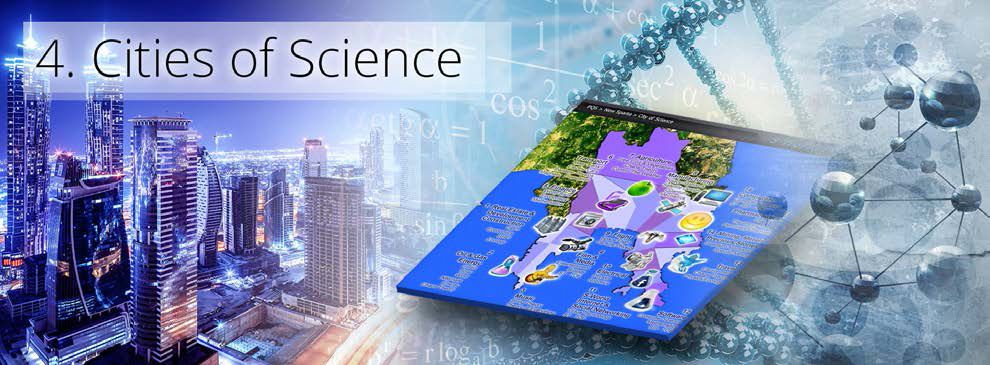
GDP Game Solution…
As the main base for Special Project 1. Experience Africa is entangled as Angel City 1, wherever the first BabyPOP Grand Network is created in Southern Africa, it will need to host within one of its Grand Networks a City of Science that becomes Angel City 1.
The 5 Angel Cities from M-System 14 are primarily the points in time that we create way stations (think tanks) for network progress in 2020, 2024, 2032, 2048 & 2080. However, we also desire to create physical Grand Networks for each, which will be the nerve centre of S-World technological and scientific development, creating innovation and many well-paid jobs.
Future locations for the Angel Cities are a guess at best…
Angel City 1. 2020, Malawi (Twinned with California)
Angel City 2. 2024, Greece or India
Angel City 3. 2032, Location hopefully chosen by Chan Zuckerberg Foundation as their speciality is projects that take 10 to 20 years.
Angel City 4. 2048, MARS Resort 1 (If practical)
Angel City 5. No Set Location
Special Project 4b. Infrastructure
Before one can build a City of Science or for that matter any kind of town or city, one must first create the infrastructure; the basic physical and organizational structures and facilities (e.g. buildings, roads, power supplies) needed for the operation of a society or enterprise.

GDP Game Solution…
In this case, the GDP game solution is very simple; 50% of all investment (in the form of S-World bonds) is attributed to infrastructure or governmental incentives.
Special Project 4c. Network Cities
How can one greatly increase the business networking of a country and make great profit from the very exercise? Allocate land for a Network City and allocate between 1 and ¼ km square to every country on earth, for them to build their embassy and surrounding habitat.
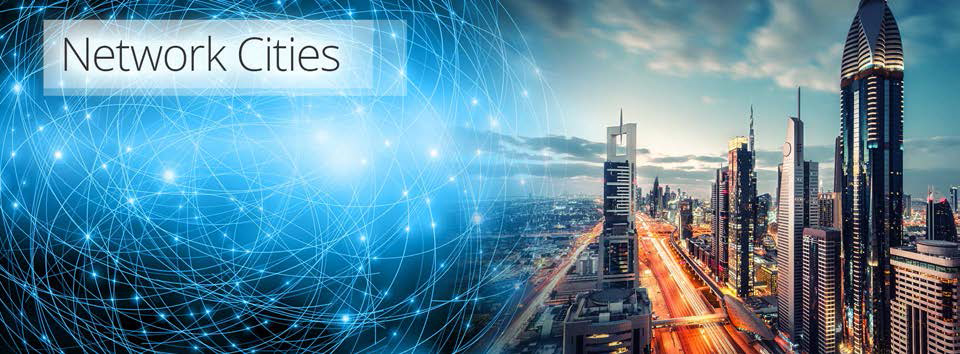
GDP Game Solution…
At this stage, one can only have one Network City per continental network cube.
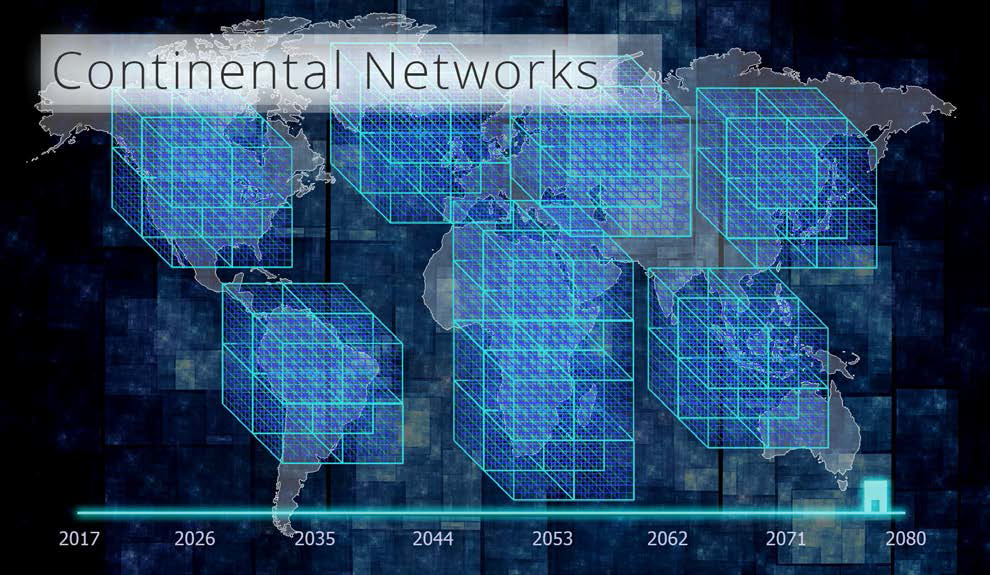
If we consider two locations (Malawi and Zimbabwe), we would create one with Angel City 1 & Experience Africa and the other with a Network City.
And a note on this, Malawi has for a long time been the preferred location for the first Grand Network as it was safe. However, when Robert Mugabe was toppled from power and a seeming fair democratic process looked a reality (as it would mean a lot to the region and as Zimbabwe is a potential economic gold mine) it was put back in contention. Not wishing to abandon Malawi, which had its own unique benefits, the desired outcome was to start both at similar times. But of course, that doubles the cost.
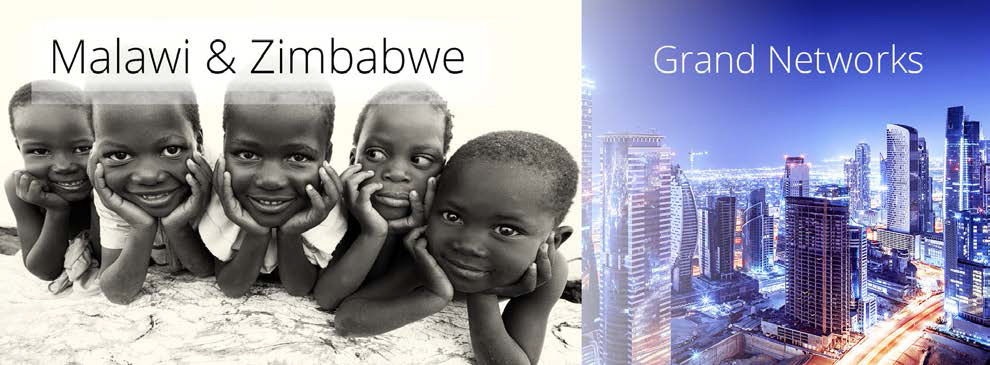
In general, with Network Cities, save imports from their home country; all development of a Network City must be from the S-World Network (which in any case makes business sense), so creating a significant source of additional ‘R’ revenue (the ‘R’ in the RES Equation).
To encourage countries to join, the location and size of plots that are available will be allocated on a first come, first served basis.
Countries, who have little money but show and express keenness to set up their embassy and small town in the Network City, may have their infrastructure subsidised by the network.
Special Project 5. Equality & The Poverty Gap
This system is very old and now very advanced. It is all of M-System 6. ‘The Theory of Every Business,’ ‘M-System 15. Angel POP,’ and it is Einstein’s theory of general relativity within Book 2. ‘The E-TOE’ (Economic Theory of Everything).
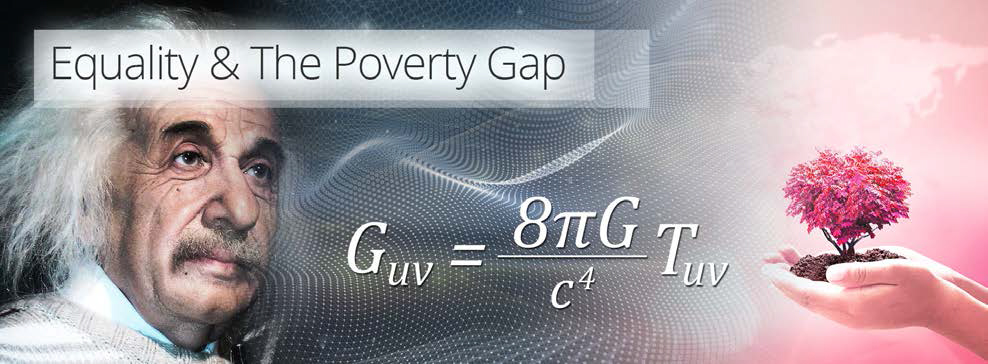
GDP Game Solution…
M-System 15. ‘Angel POP’ tells us that ‘Creating Grand Networks in locations of abject poverty is to create Special Projects,’ and this very chapter bares out this philosophy. The fact that we are starting in Southern Africa, not Greece or the USA, is already a considerable step towards global equality. However, specific to ‘The GDP Game,’ this book has a dedicated chapter: 13. ‘Equality Matters.’
Working from Piketty’s ‘Capital in the 21st Century,’ we have added countermeasures to limit inequality, and are open to additional suggestions.
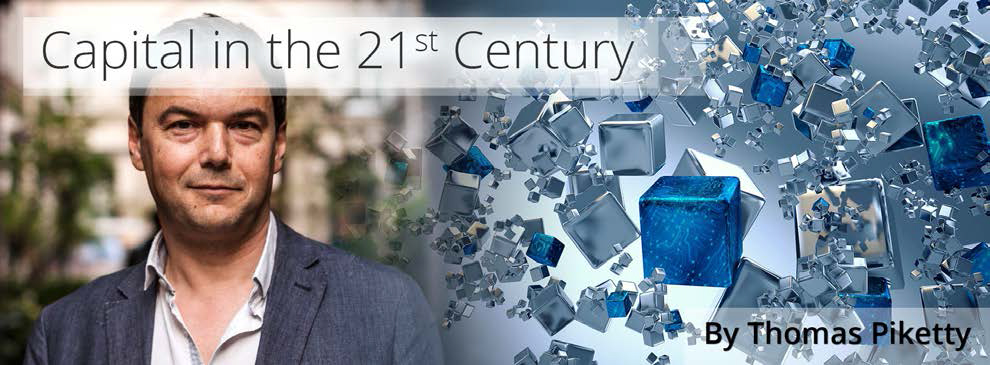
Equality Point 1. Is to avoid S-World industry and real estate in Malawi or Zimbabwe being mostly owned via foreign investors.
This is achieved by first 50% of investment being assigned to infrastructure that creates public assets in the host country. However, as the infrastructure more than doubles the value of assets, it’s actually a give not a get for investors. This said, foreign ownership of the Grand Network is half what it would be without this initiative.
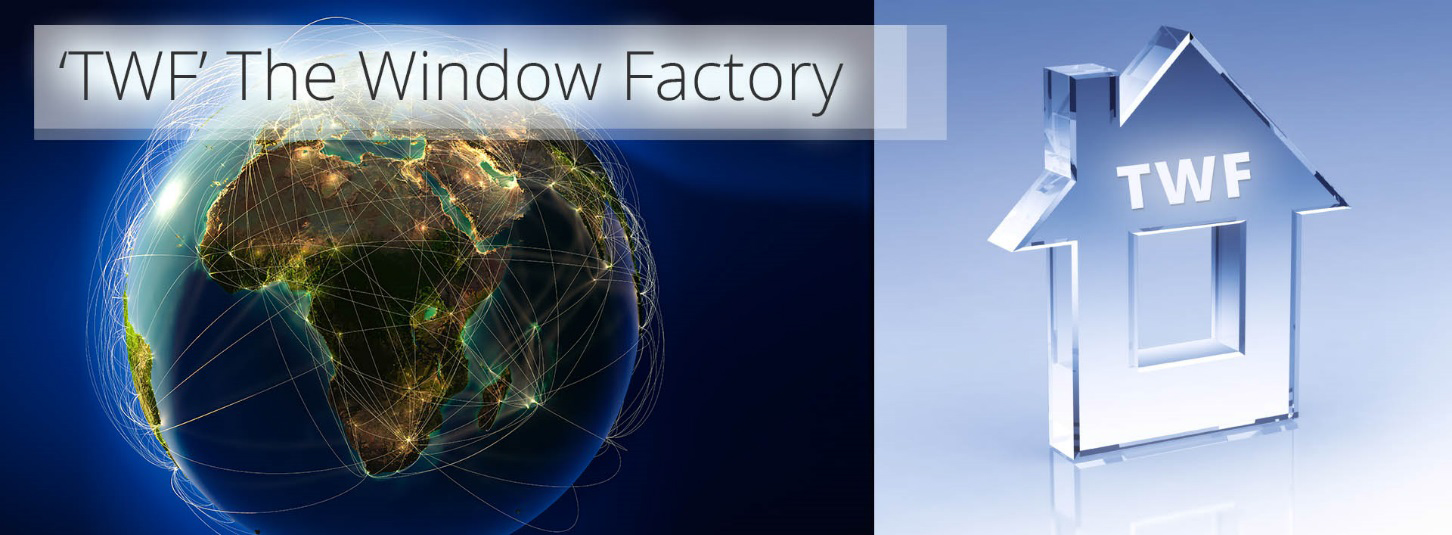
Next, when S-World bonds create a company such as TWF (The Window Factory), the investment will have paid for the land and industry. But, the company created (which is the main income source of the bond) sees 50% of profits paid to the local personnel; which again makes sense for investors, as a company run by stakeholders is always going to do better than one run by unincentivized staff paid by the hour.
These 2 initiatives decrease foreign income from S-World bonds by 75%, and tackles a growing problem with 2018 capitalism, where inequality in general has been on the rise since 1970 (see below, ‘The Unequal ‘U’).
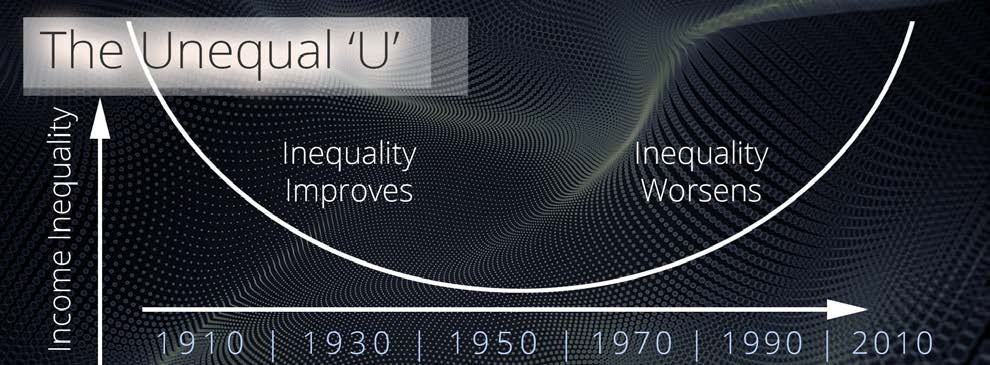
In addition, S-World companies are all due to POP Investment, which further decreases return on capital to investors, but does increase the value of the S-World bond’s assets.
Equality Point 2. Is to avoid local inequality between the citizens of a country.
This is initially achieved by fixing the top managers and C-Suite executives’ pay at a specific fraction of the lowest workers salary (no more than 4 times). Thomas Piketty’s book leaves no room for doubt that the main source of inequality between a country’s citizens since 1990 has been the rise of ‘super managers,’ who (to a degree) can choose their own salary and so they choose a big one.
Sure, one runs the risk of top talent leaving to work for higher paying jobs. But as the current plan for Grand Networks in Africa is for all personnel to be on ‘Spartan Contracts’ which see 50% of their ‘profit share bonus ‘income used to pay for housing that matures after 16 years, most managers will at least see out their 16 years and claim their home/real estate. Further, an S-World super manager may find themselves completely unqualified to jump from S-World business with its software systems for just about everything, to a standard company using lessor or no such technology.
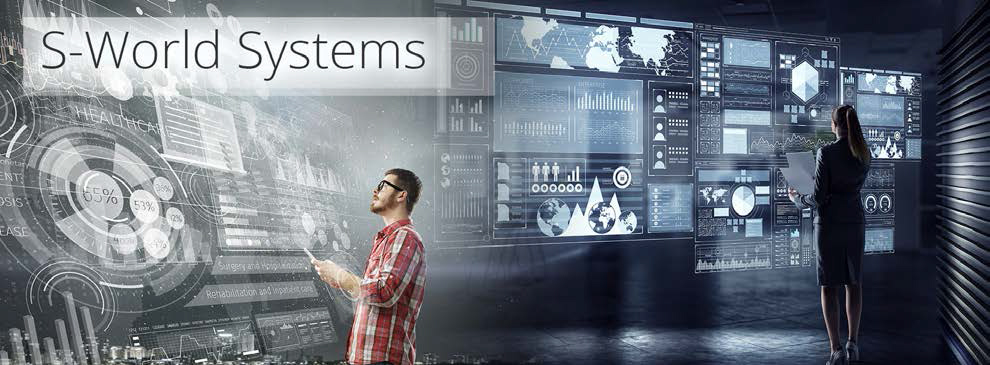
Historically, slow growth rates of say 2% vs high returns from income from investment of say 5% leads to an increase in inequality, as one needs to save only 40% of one’s money earned from investments to keep up with average growth.
As the GDP Game ‘Malawi Grand Networks’ growth rate is predicted to make significantly larger gains than local income from investment, much historical inequality in Malawi may be wiped out. However, with this said, there is also the factor that assets are to a degree valued as a percentage of GDP. And an increase in GDP will increase the value of assets. For instance, in Malawi, land near the airport that currently costs $6,900 a hectare may rise significantly if GDP increases sharply. So, it’s not all bad news for the rich; they get richer, but the poor catch up big time.
Equality Point 3. M-System 3. The Susskind Boost
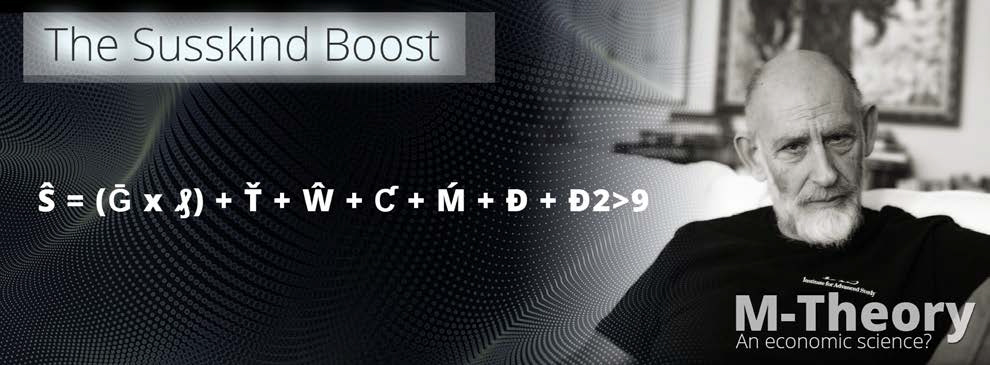
Where Ḡ gross profit, ₰ is the effects of the S-World TBS™ (Total Business Systems), and Ť is companies awarded Tenders, and Ð + Ð2>9 are the effects created from other companies in the wider network.
The specifics aside, the Susskind Boost ‘boosts’ all companies. However, a specific allocation of capital from licencing is dedicated for the boosting companies at the bottom of the table.
Let’s see how we arrived at this rule. And in the process, start to understand the ideas from Book 2. ‘The E-TOE.’
By Professor Leonard Susskind, Stanford University
Lecture 1: String Theory and M-Theory
https://www.youtube.com/watch?v=25haxRuZQUk
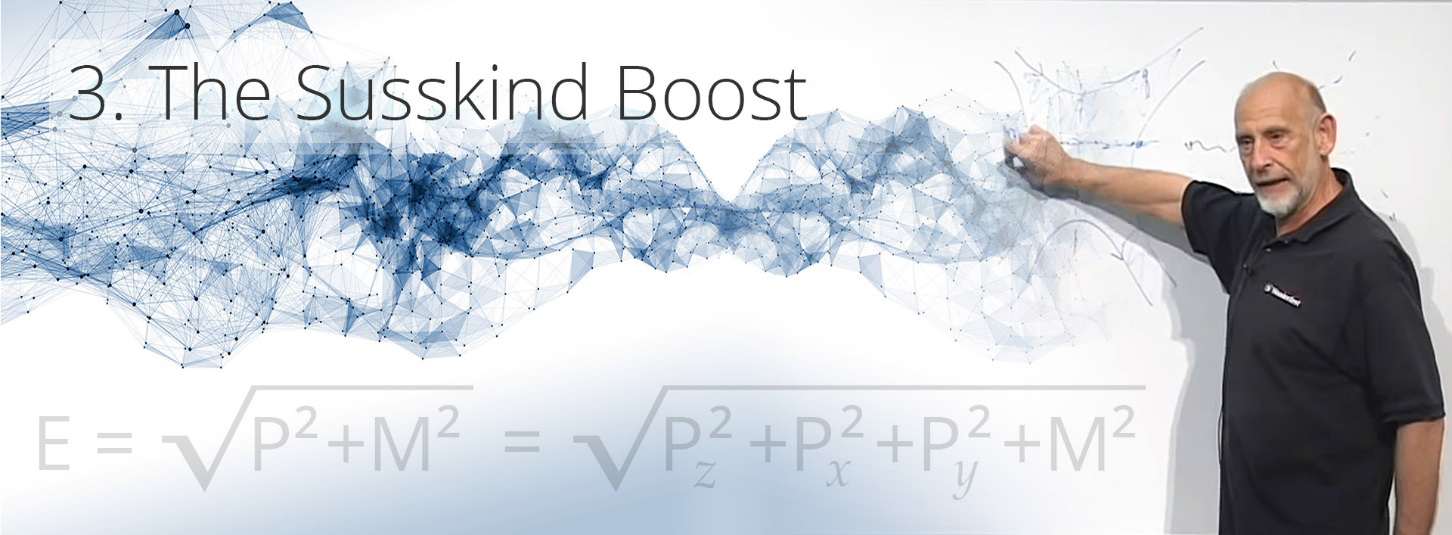
‘We boost the hell out of the system along the Z axis (gross profit) until every single particle (company) has a huge momentum.
If there is any particle (company) that is going backwards along the Z axis (making less gross profit), you just have not boosted it enough.
Just boost it some more until it’s going forward with a large momentum.’
To apply this to the network, we change ‘particle’ for ‘company’ and ‘the Z axis’ to ‘gross profit.’ And in general, we always boost the weakest companies in the network until they are going forward and are creating a healthy profit & POP investment.
Equality Point 4. M-System 4. The Peet Tent Equilibrium
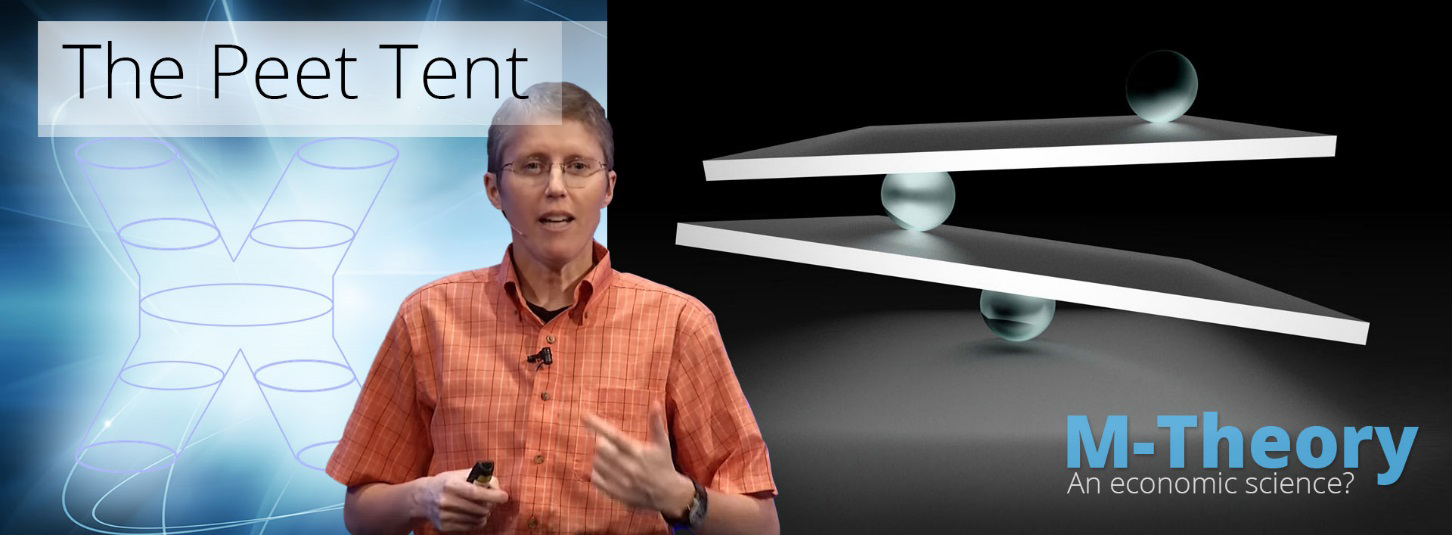
The Peet Tent was the principle of physics from American Butterfly in 2012 that became the foundation for the resurgence of S-World as Angel Theory and its M-Systems in March 2016.
Now found within Chapter 3 and Chapter 4 of Angel Theory Book 2. ‘The E-TOE,’ it’s slightly more complex than the basic simplicity of the Susskind Boost. But, in general, it creates a fund that is used to boost companies out of trouble in the case of failure. And so, in combination with the Susskind Boost, it makes it hard for a company to fall behind, let alone fail; so, simulating a theory of everything, as all financial results are accepted within the S-World Tent.
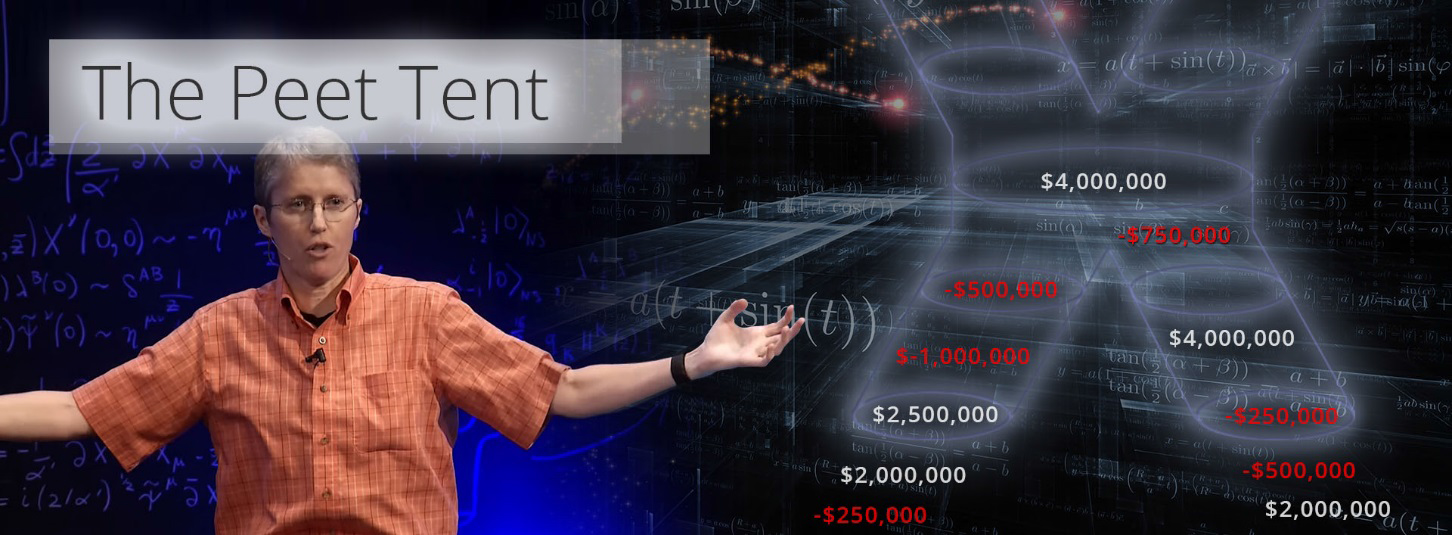
Inspired by Doctor Amanda Peet, Toronto University
String Theory for the Scientifically Curious
https://www.youtube.com/watch?v=PpQngpaHamg
String Theory Legos for Black Holes
https://www.youtube.com/watch?v=MlDd2HtFfPU
Both the Susskind Boost and Peet Tent are equality systems within the makeup of what has come to be known as financial gravity.
See Angel Theory Book 2.2 The Flap of a Butterfly’s Wings

Special Project 6. Sienna’s Forests
Initially made for Grand Networks, which would need to buy rainforests to be forever preserved or create new forests so their ecological footprint balances. Now, also a general principle to commoditise rainforest so they are too expensive to log.

GDP Game Solution…
In both Malawi and Zimbabwe half the lands are poorly tended farmland that was largely forested but a few centuries ago. By adopting a policy of seeking to create Grand Networks on such farmland (rezoning permitting) and by returning half the land to forest as nature reserves, this action will be a significant environmental improvement on the current status quo.
Whilst the general principle behind Sienna’s Forests was for Grand Networks that were built in woodlands to buy and protect tenfold the acreage in other forests, this rule was practical not ideal, and certainly the first. And maybe all Grand Networks developed should be developed as clear environmental improvements.
Of course, there’s nothing to stop POP Investment or Give Half Back income being used to buy and protect vulnerable forest; and indeed, do so on a macro level where Forest becomes a commodity far too valuable to log.
Special Project 7. Global Cooling
Supporting Tesla and others and creating massive solar projects.
Within Grand Networks, each property is sold with a budget (usually 6.25% of the cost of the home) for an electronic car. Only electronic cars or select top end sports and prestige cars can drive in Grand Networks.
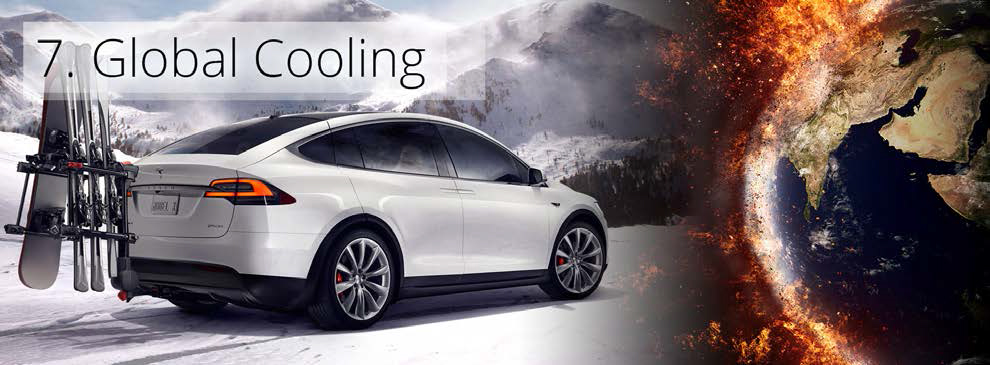
GDP Game Solution…
This solution has been answered in the project description. Each property, be it built for the S-World personnel or sold to the public, is marked up by 6.25% which creates a budget for at least one electronic car per property. And because every household has an electric car, we can impose toll fees for petroleum and other dirty fuel cars on S-World roads without grinding the network to a halt.
We have already discussed the massive solar initiatives in Special Project 3c. Electricity. But, to elaborate further, the general idea is that all S-World development will also be run via solar or other green energy. And in general, housing will be created in efficient, modern, environmentally inclusive designs.
Why would we allow select top end sports and prestige cars to drive in Grand Networks?
This is due to what I call ‘The Moet Effect.’ Simply, a location where one sees a lot of super cars is considered more affluent; and because of that, real estate prices both residential and commercial will increase.
Special Project 8. Universal Knowledge
Each Grand Network development has a university that teaches subjects that develop the skills needed to get a good S-World job. Plus, S-World VSN™ and UCS™ provide open university courses.
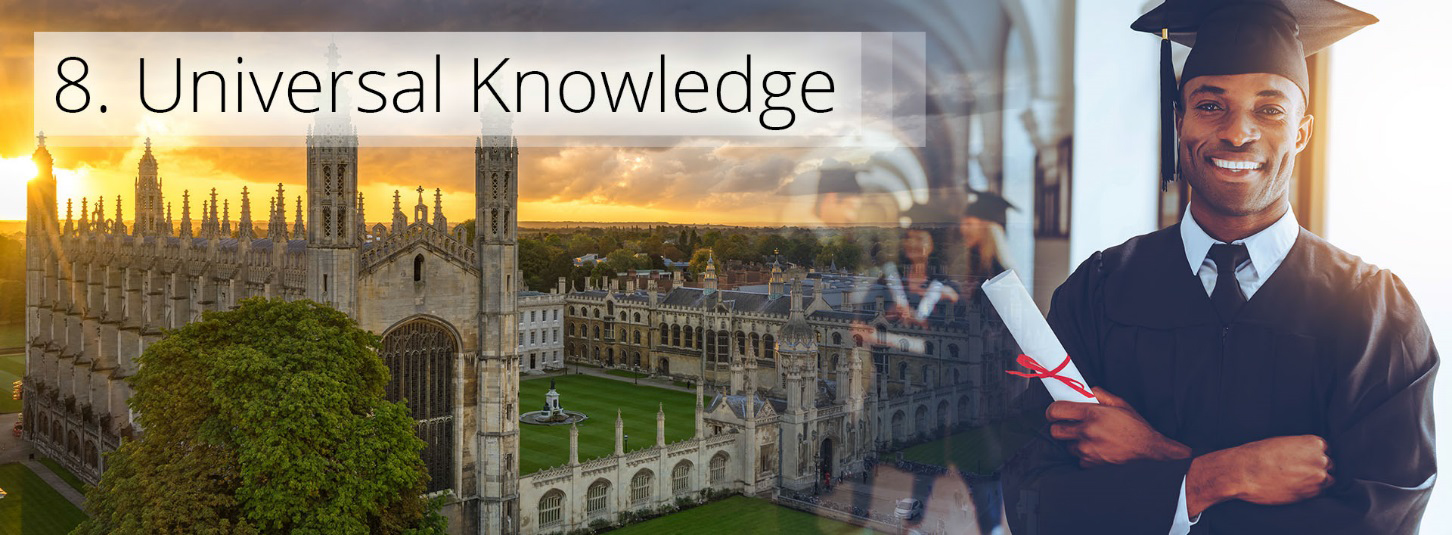
GDP Game Solution…
Good schools and universities are one of the base multipliers and accelerators in the value of real estate anywhere in the world, and so have become a fundamental ingredient in any Grand Network
And as we have already heard from Thomas Piketty’s ‘Capital in the 21st Century’: ‘Historical experience suggests that the principal mechanism for convergence, is when the poor catch up with the rich to the extent that they achieve the same level of technological know-how, skill, and education.’
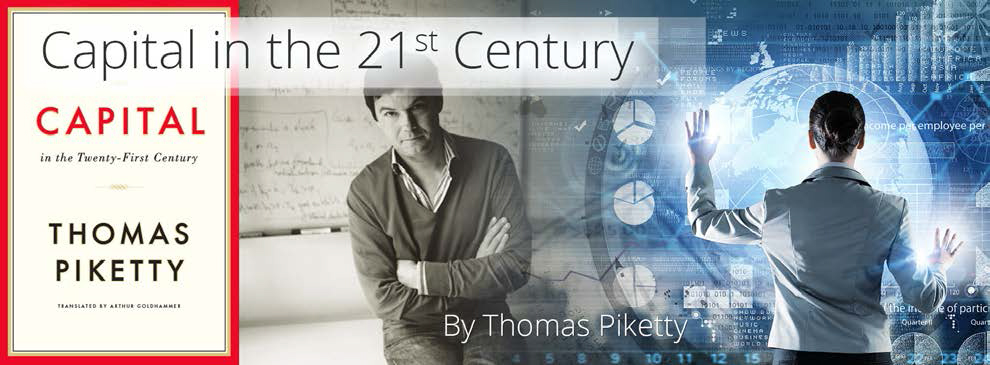
One point, however, is again that education be based around S-World opportunities to the extent that (in many cases) it would be difficult to tell the difference between a university, a research centre, and an S-World operations centre; all are entangled as one.
Special Project 9. Spartan Contracts – Jobs, Jobs, Jobs
Nongraduate opportunities. Give us 16 years work and you will own your own home. Take gap years, construction workers can follow the sun and move from Grand Network to network and see the world. Nurses can do the same with the opportunity to train as doctors.
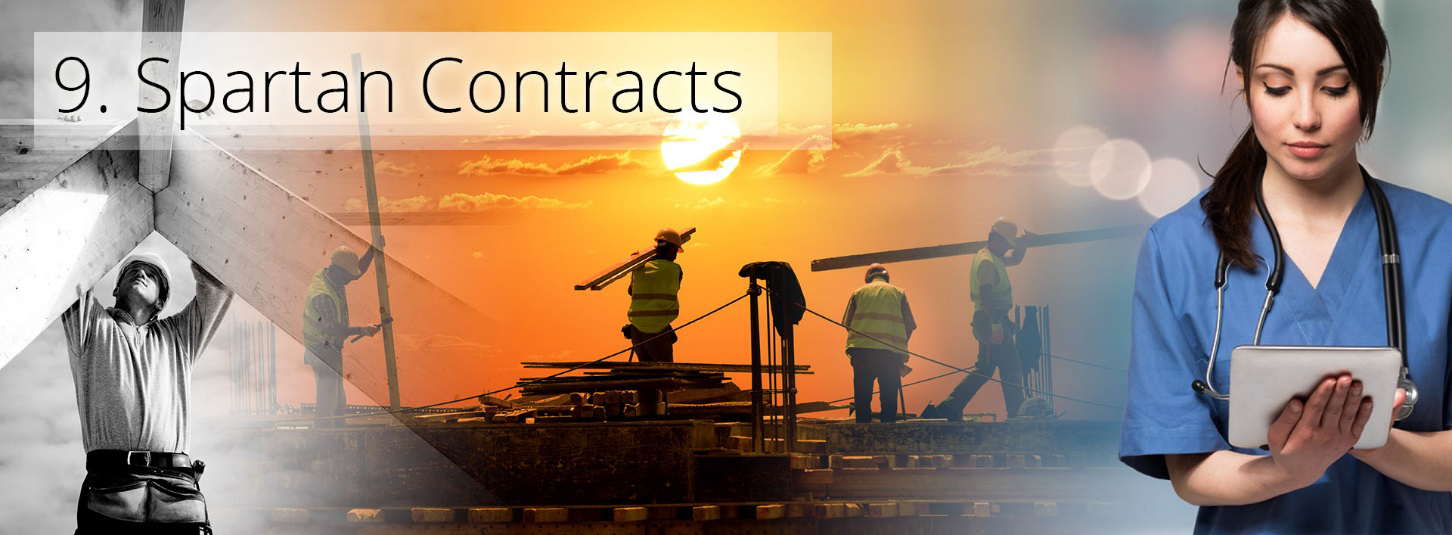
GDP Game Solution…
Above, we feature the description for Spartan Contracts from the Orlando Grand Network circa 2012 as is described in American Butterfly Book 1 ‘The Theory of Every Business’ Chapter 3. However, when creating the MARS Resort 1 game, Spartan Contracts became more of the standard way personnel work for S-World, regardless of graduate status.
Currently, in ‘The GDP Game,’ all local personnel (who are from the country where the network is) are on Spartan Contracts, and for the duration of their employment share in 50% of the profit share of their company.
The particular characteristic that has stuck from the 2012 model and is now a pivotal part of the economics is that ‘Spartans’ enter into a 16-year labour contract, and half of remuneration (bonus profit share, not base salary) pays for their own property.
Special Project 9b. Five-Star Social Housing
Developed within Book 3 ‘The GDP Game,’ those on Spartan Contracts (who may be everyone) pay 50% of their profit share remuneration to building their own housing, oversized plots, five-star build quality and finishes with properties designed to be extended. Its social housing for a far more equal society.
Currently, we are working on a $65,000 per home build cost, on top the land and infrastructure, making for a home valued at about $130,000 which is set to rise significantly due to market forces as the estates where we build social housing become the new prestige suburbs of each Grand Network.

Special Project 9c. The A&B String 2018 (Welfare)
Also developed within Book 3 ‘The GDP Game,’ those on Spartan Contracts pay 25% of their remuneration to 8 family or friends, or to farmers who are out of work due to improved farming efficiency.
Current figures put said remuneration to be about equal to the minimum wage, and will be paid in network credits, to be redeemed at low cost food and goods supermarkets situated at each of the 128 solar facilities.
In general, the idea is that those who receive this remuneration should either study to get a good S-World job, play semi-professional sports, or become artisans.
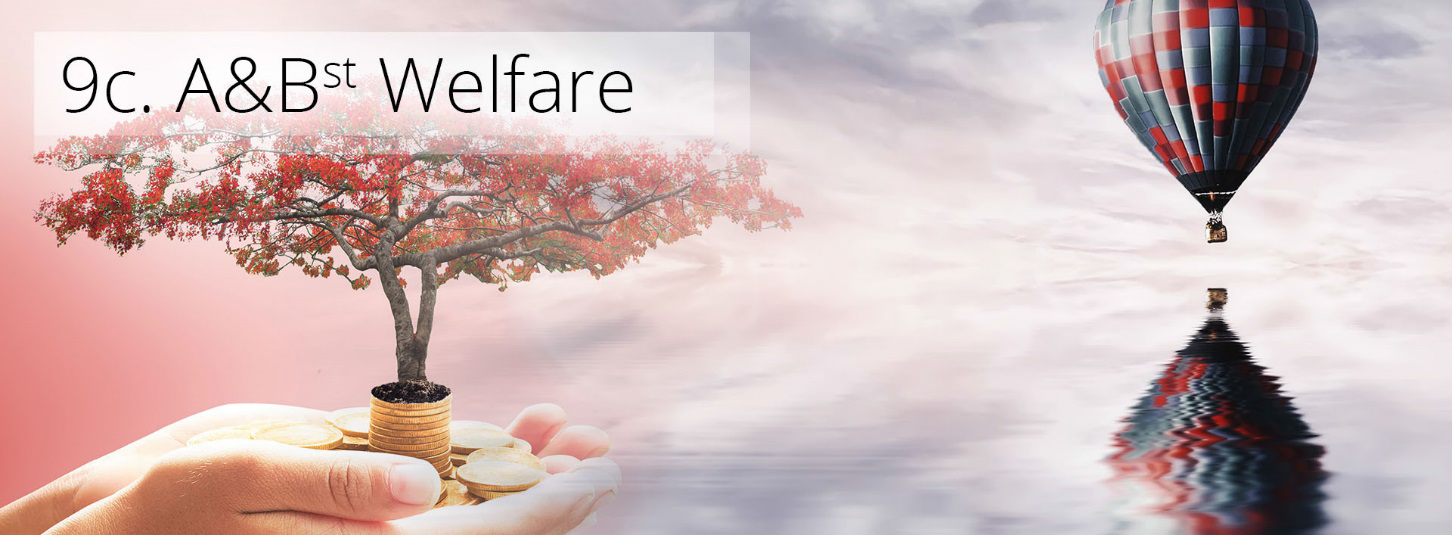
Special Project 10. Global Healthcare
Each Grand Network development is built around an ‘SURH,’ a Super University Resort Hospital; a five to seven-star experience with extremely expensive ‘Medi-Villas’ attached. One objective of the network is to create SURH’s evenly around the world, so everyone is near one SURH or another.

GDP Game Solution…
Also from American Butterfly Book 1 ‘The Theory of Every Business’ Chapter 3, access to good hospitals is a key driver of the value of real estate. But due to the large expense involved in creating SURHs; in ‘The GDP Game,’ there would likely be just one or two created in the first 6-year phase.
However, we hope to achieve lots from providing foundations, and philanthropists with the infrastructure to site a small to medium medical centre in each of the 128 solar locations.
At this stage, where S-World would participate in health care is in the creation of generic pharmaceuticals to be distributed by the philanthropic medical centres.
Special Project 10b. Limiting Antibiotics
This special project seeks solutions to the problem of the overuse of antibiotics. This problem is very misunderstood, but simple enough to summarise. If we carry on as we are, there will only be resistant bacteria left and we’re all going to die!
We can start by stopping to put it on crops.

GDP Game Solution…
We were farming the land for 22,900 years before antibiotics were invented. And whilst I must admit to knowing absolutely nothing about farming and the benefits of antibiotics on crops; seeing as the general idea is to modernise farming and to invest considerably in buying farmland and creating ‘S-World Agriculture’ as a Super Project, we would certainly have the opportunity to farm sans ‘ antibiotiques.’
Decreasing the usage of antibiotics in humans is also greatly desired. However, as I was but 2 days away from death in August 2017 and was only saved by the correct antibiotics, there is obviously a time for using antibiotics, and a time not for using antibiotics.
Special Project 11. African Rain
A mass solar desalinization project for North and East Africa, the Middle East, USA, and other locations. Creating Super Grand Networks (Over 100 sq. miles) in desert locations by adding water.
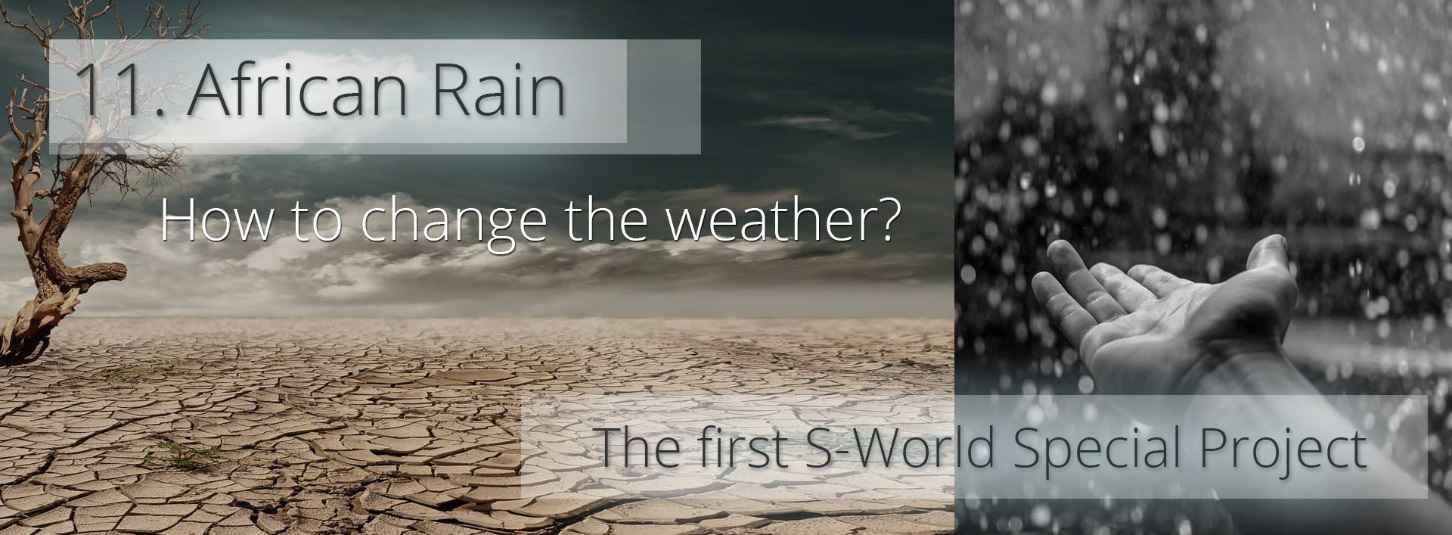
GDP Game Solution…
After ‘The Spartan Theory,’ ‘African Rain’ was the second Special Project, circa 2011. Its origin was a consideration of chaos theory and its effect on predicting the weather. It was considered that whilst one can not necessarily predict the weather, one could change it. For example, the construction of say 1,000 desalination plants flooding North Africa; with fresh water for years and the planting of more and more rain forest would, in a few decades, change the probability of rain in that location from almost zero to quite a lot.
The trouble, of course, is the cost of the desalination plants, which would each require massive solar arrays to provide power.
As both Malawi and Zimbabwe are land locked, this exercise changes from local requirements to export, as we look in to creating the industry for desalination plants, for use in other locations and in particular Cape Town which is nearly out of water, before moving to North Africa and the Middle East.
In general, we are looking to lower the cost of desalinization by 75%, at which point it becomes a tool that can be used for the terraforming of desert and arid land back to farmland and rainforests.
And note the word ‘back,’ in the case of the North and East Africa, these lands were not always desert. Before Roman times, these were fertile lands, but too much farming and the cutting down of the trees created the vast deserts we see today.
With this said, practically for the Grand Networks at hand, African Rain turns simply into ‘S-World Water’ and the providing of it to citizens. Fortunately, Malawi already has a good water infrastructure. However, this may well be due to half the country being bordered to a gigantic fresh water lake.
As for Zimbabwe, it too has significant water coverage. However, both could do better in rural areas.
In general, the GDP Game Solution for improving water in both countries comes from the classification of all ‘water works,’ simply as infrastructure; and as we previously heard, 50% of investment in S-World bonds are allocated for infrastructure.
Special Project 12. Their Oceans
An apocalyptic problem for the ocean’s population today are the plastic bags, packaging, & straws that are thrown away. Every single day, over 500 million straws are thrown away in the USA alone. There are perfectly good paper straws that would do for a cost of only a tenth of a cent more.
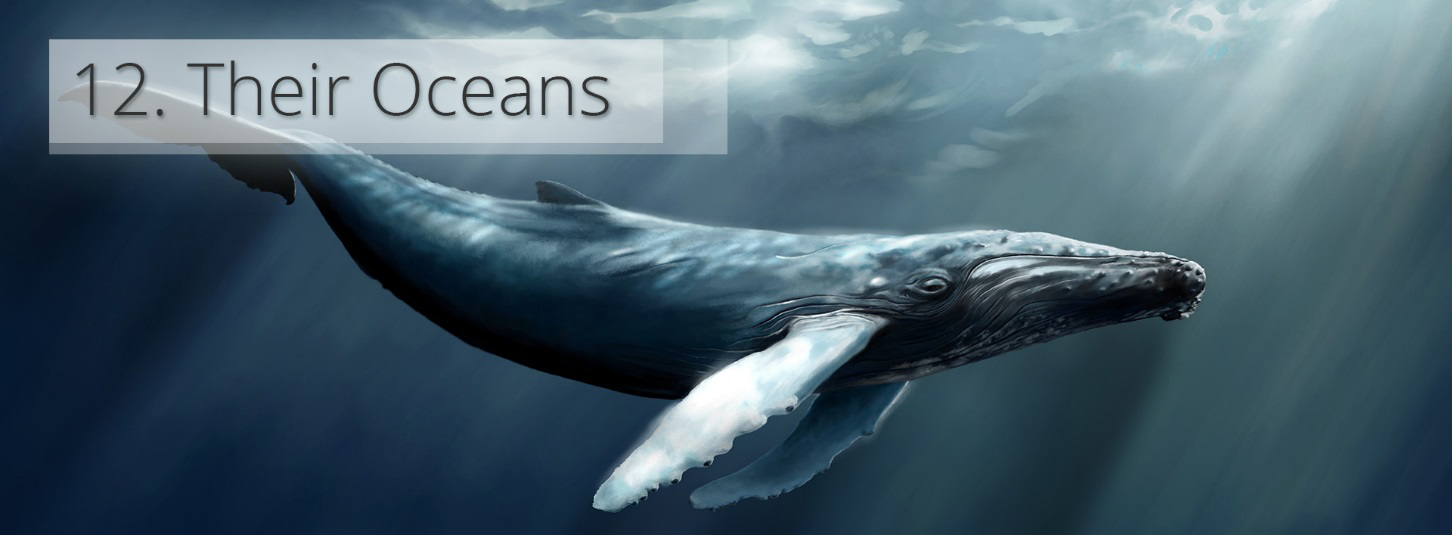
GDP Game Solution…
One big advantage of effectively starting from the beginning, in terms of industry and business, is that one can introduce initiatives such as ‘Their Oceans,’ and it will (in time) affect most or even all of the population.
First, one needs to borrow, buy, or start anew the research into biodegradable alternates to plastics. As we have heard, there are perfectly good straws available. And given the will and of course the Ťender to supply every S-World business, plus considerable interest from countries like South Africa for such solutions, the biodegradable material companies will have many lifetimes of business.
Another simple solution is to ban all harmful plastics from all Network Cities.
And in continuation when making companies in the first place, to partner with existing companies that use plastics, and change the policy from within.
Looking further than Africa, we can consider making B-POP Grand Networks in China and India in which the 1st priority is to supply waste management services in areas where plastics are entering the oceans.
Another thought is that 10 rivers are carrying 90% of plastics into the oceans, so we need to research a filtering mechanism that does not harm the marine life, which at first glance would seem to be simply to create nets across the very top of the water as because the plastics floats, most of it can be filtered out relatively simply.
Special Project 13. Middle Earth
This is a very cool project that has commercial applications, building underground resort developments (in particular) in location of poor weather. This expensive and very long-term project saves our asses in all sorts of ELE (Extinction Level Event) scenarios.
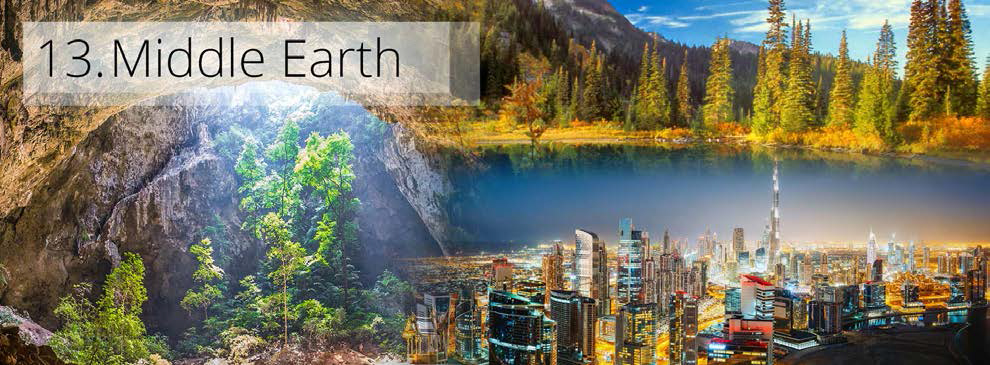
GDP Game Solution…
The ‘Middle Earth’ project is an expensive and long-term project that, in the first six-year phase, will only see the first stage of the project, which is to tunnel underground to create a safe place for the servers.
In truth, in the mid-term (the next 20 years), this project is only expected to be rolled out in the case of cold countries where such underground habitats could become popular, and can be financed by the real estate and commercial property sales within.
Middle Earth, in general, is a long-term objective’ as when the money is flowing, and one starts to wonder what to build next; then that is time for the creation of Middle Earth, created to protect our citizens in the case of an ELE (Extinction Level Event) such as an asteroid collision, a super volcano, nuclear problems or other such disaster.
Special Project 14. The Population Point
This, the hardest of all special projects to apply without affecting free will, has a simple but radical solution. Most first world economic countries populations are static, and so we must replicate Western economics across the globe, as quickly as possible.
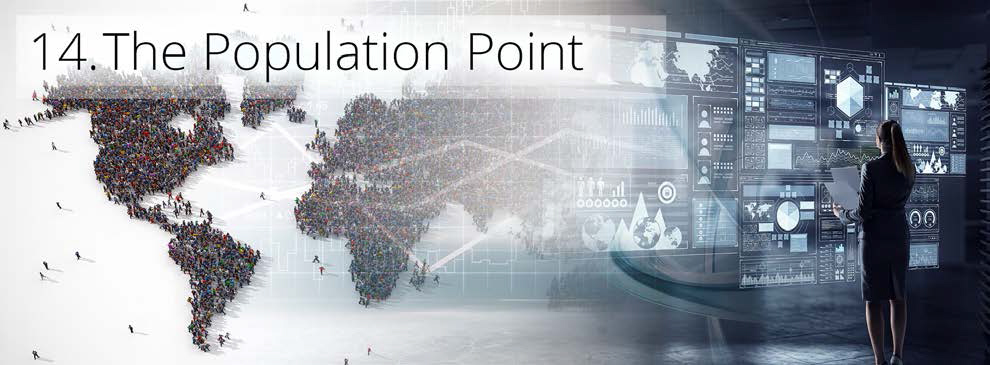
GDP Game Solution…
The Zimbabwe and (in particular) Malawi network plans are specifically created to combat the extremely real problems with the expected population rises in Africa, which today has a population of 1.2 billion which is expected to rise to as much as 3 or 4 billion by the end of the century.
If his happens, it will be the end of Africa. Every single wild animal will have been eaten or killed. The trees will have been cut down, and the continent will be in utter chaos and extreme misery.
This point was actually the principal point in first version of Angel Theory Book 1, seen here www.angeltheory.org/angel-city-5-_-1st-aug-2017.
Here is the extract:
As things stand, Africa is expected to increase its population from 1.2 billion to 4 billion by 2080, and if that happens we can say goodbye to just about every wild animal in Africa and kiss our entire way of life goodbye. If we think economic immigration is a problem now, with millions of Africans risking their lives to get to Europe, just imagine how the world will be when billions of Africans are faced with the problem: emigrate or die. Such a future would be hellish even if we did not blow ourselves up along the journey.
Bill and Melina Gates and others are fighting the good fight, but current charity & foundational thinking cannot fully solve this problem. To combat such a catastrophe without overly effecting free will, we suggest looking at the problem through the eyes of Angel Theory.
This Angel Theory solution is new. So, like all fresh theories it has a degree of uncertainty. But the basic principle is this: As the economic conditions in the USA and Europe create an environment where population stays steady, then maybe the best way to fix Africa in 2080 is to replicate the economic conditions of the Western economies in Africa as soon as is humanly possible.
Some of the above has now been expanded upon, but the basic principle is the same; convergence and prosperity in Africa may and probably will lower population rates to European and USA levels. However, and a big however is the timing, 50 years’ time will be too late, the population explosion will have already happened. The time to start this challenge is now, and the maximum time to significant convergence is 20 years.
Special Project 14b. Angel City 5
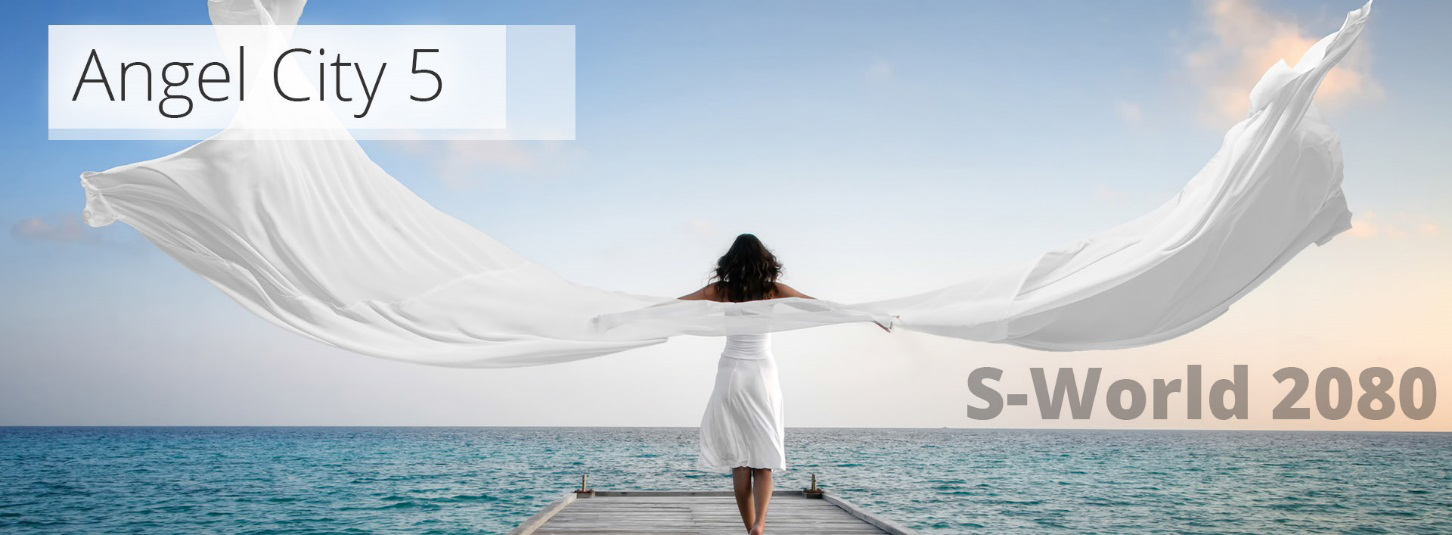
Angel City 5 is the last of the five S-World UCS 2080 Simulations. It is the future we create and then work back from, deploying billions of ripple effects for people and companies in our time to grasp and follow. Its role as the last of the M-System 14. Angel City future way stations is to create a future that is heavenly, which includes as a fundamental constituent systems and ripple effects created to reduce overpopulation. By giving Africans Western education and opportunities, it’s likely the continent will follow the demographic growth of Western counties, which is far slower, and in some cases populations are declining.
Special Project 15. The Spartan Theory
The Spartan Theory is whatever will bring peace; from dictators stepping down from politics to live and have say over the new BabyPOP Grand Networks in their country, to all countries pitching in to the fight against poaching and fighting side by side against a common enemy.
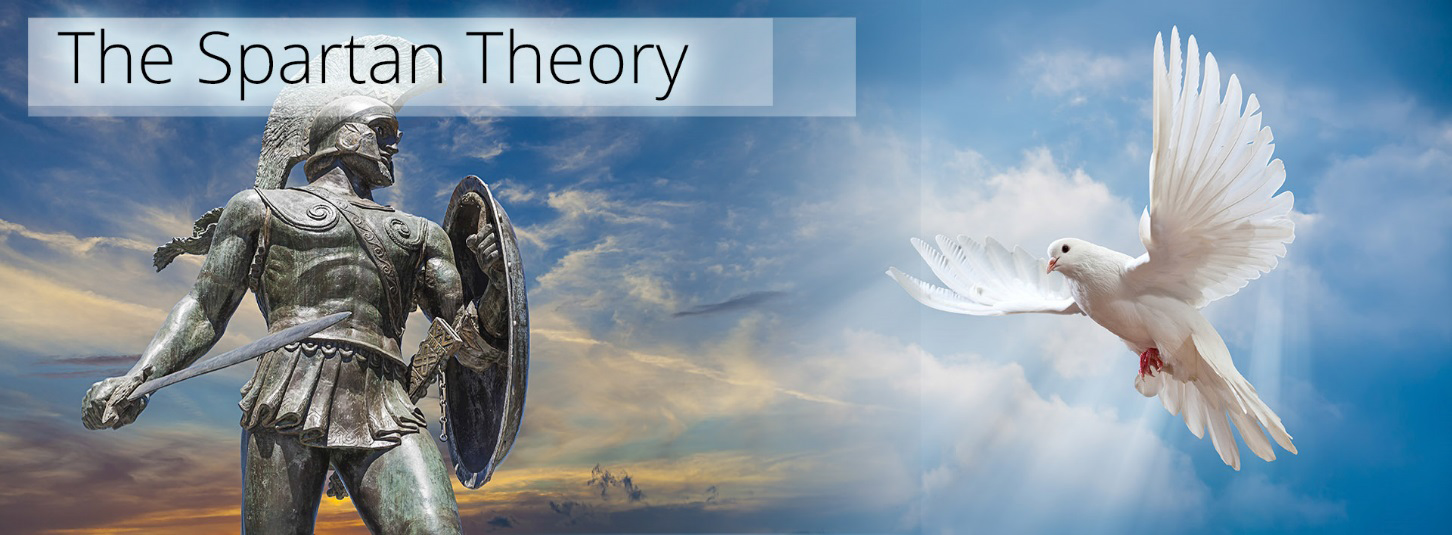
GDP Game Solution…
In actual fact, ‘The Spartan Theory’ developed into the theory of all concepts created in 2011, which was a lot. It was the ‘spiritually inspired’ theory of everything that laid the foundations for all of S-World and Angel Theory.
Initially, the idea was to attempt to trade with dictators; and in particular at that time, Robert Mugabe & Colonel Gaddafi. We would create a Grand Network which they could have some say over, naming rights etc. if they allowed democracy to follow its natural course.
Good idea, bad idea, who knows? Both are now no longer in charge.
Soon after, an idea was for countries that had problems that only a fight could solve see this fight as 300 unarmed men/women per side; and whoever wins, wins. This created the name ‘The Spartan Theory.’
However, in such a fight, there were bound to be casualties, and so resentments.
Seven years later, The Spartan Theory has become an S-World UCS Game, in which we ask all countries to freely provide game rangers, law enforcement and / or military for the fight against the ivory poachers, and the base of operations would be Special Project 1. ‘Experience Africa’ in Malawi or Zimbabwe.
Special Project 15b. The Fort Malawi Garrison
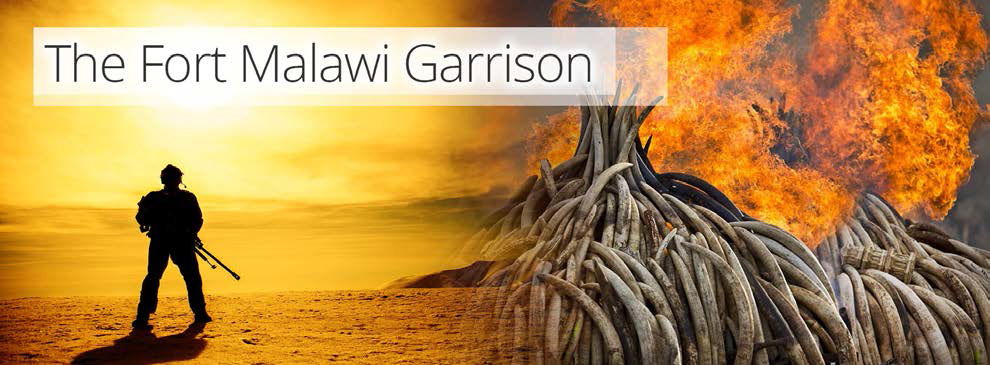
Where Special Project 1. Experience Africa raises money for the protection of Africa’s Elephants and Rhinos from the dangers of farmers, building fences around the nature reserves and other initiatives. The Fort Malawi Garrison is a collection of the world’s rangers, law enforcement, and military assisting with the problem of ivory poachers.
The first ‘Spartan Theory’ initiative is entangled with Special Project 1. ‘Experience Africa’ and Special Project 4c. ‘Network Cities,’ as we request that each country provide personnel to assist the war on ivory poachers. Created as an S-World UCS Game, ‘The Ivory Game,’ as we team up countries that have opposing political views to fight together against a common enemy.
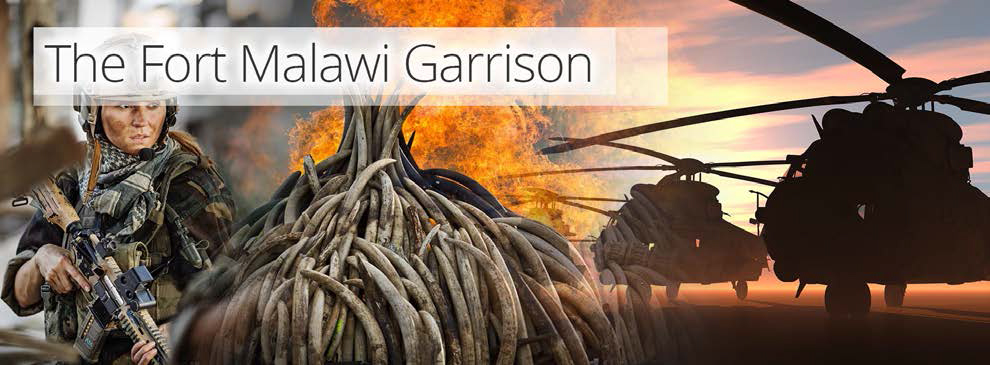
The reason why such an action needs to be within an S-World Game is that kept unchecked, a bunch of professional soldiers would see a lot of dead poachers very quickly and the initiative would backfire before it started.
So, to avoid such disasters, we gamify it. For instance, a new born Elephant gets 250 points; a dead elephant is minus 500 points, a dead Rhino (whose population is much lower than elephants) minus 750 points. But a dead poacher is minus 1000 points. The general idea being that we desire to turn poachers into paid protectors.
Who better to know the mind of other poachers?
To avoid the appearance of China bashing; China, Vietnam, and other countries that are the primary cause of ivory poaching will be the first countries to be asked to contribute personnel and equipment, and some jets would be nice.
This project has a significant economic upturn for whatever country gets to be the main base of operations, as the local economy of the base will see extra ‘R’ Revenue.
In addition, is it a great plot for a bunch of movies, TV series. and documentaries.
Special Project 15c. S-World Films
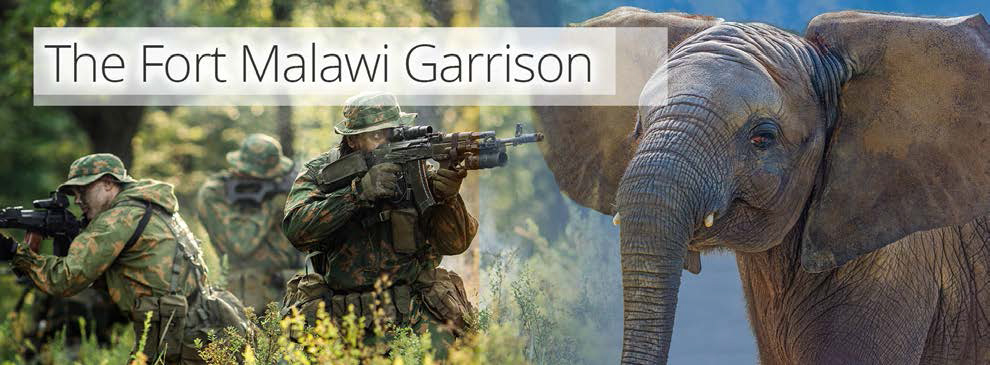
S-World Film is no small part of S-World, it was the second half of the first Angel Theory book. But as it required one to know the Story of S-World, I moved it to the end of the Angel Theory series, which is currently Book 8 ‘Angel City 5 Movie Framework.’
The general idea being we make films, and plenty of them about various aspects of S-World. We would seek to create many films and dramatic series about our fight against the poachers, along with many documenters and reality tv shows about same. Each one is a PR exercise for the cause.
Special Project 16. Universal Colonization
This is the ultimate achievement in the S-World UCS game. The ultimate special project, flying ourselves to the stars in a fleet of ships, spreading our complexity across the galaxy, ensuring our survival come what may.
GDP
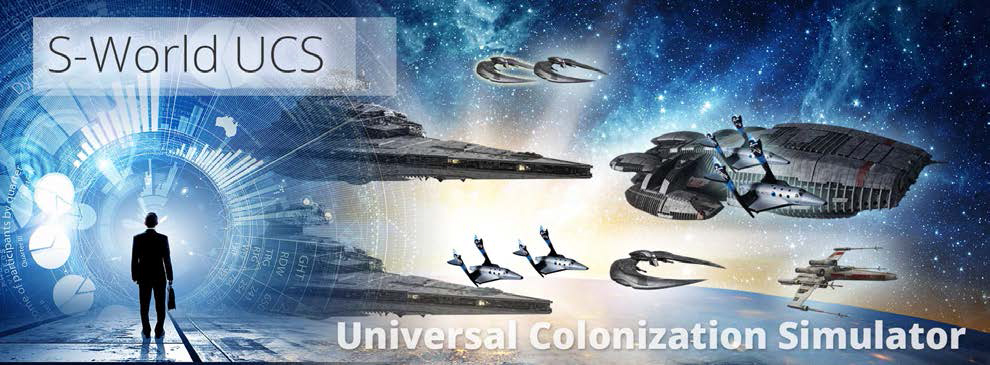
GDP Game Solution…
This special project has been made much more achievable due to Elon Musk’s ambitions to create a transport system to MARS. If Musk wishes to provide the transportation, then S-World wishes to become the developers, oxygen and water suppliers, and the leaders in MARS industries.
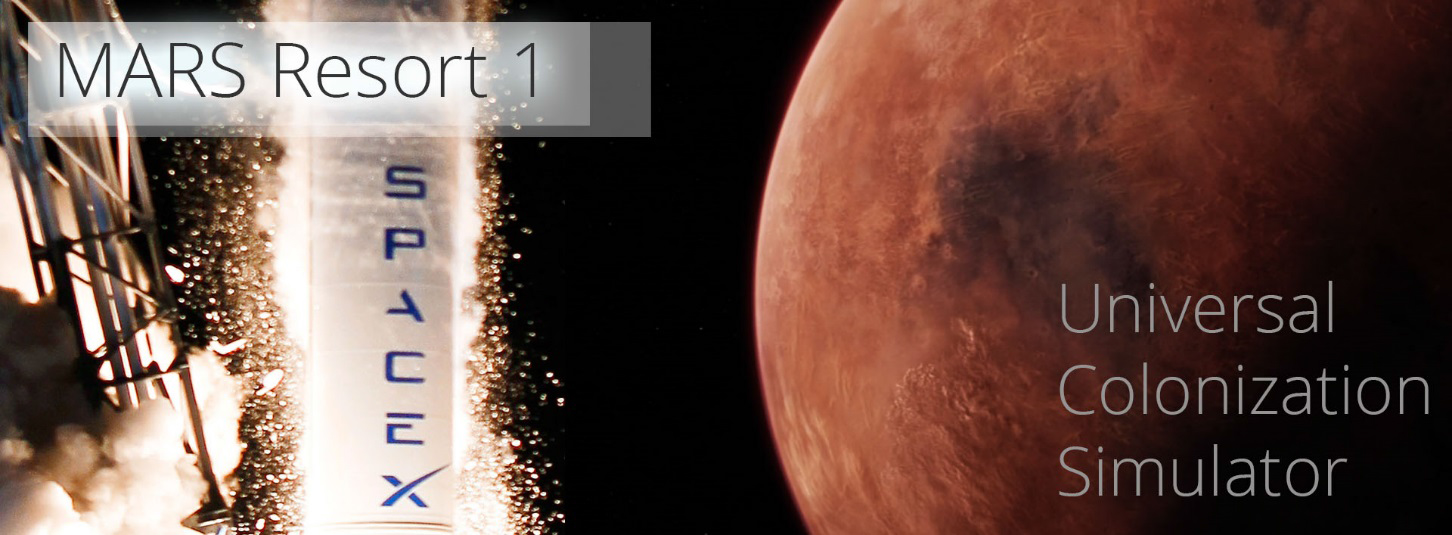
The S-World UCS™ MARS Resort 1 game was the 3rd Grand Network game created near the end of 2017. And within the workings was my old friend M-System 10. ’The RES Equation.’
We shall get back to RES Equation shortly. The point I wish to make first is that initially the MARS Resort 1 game was primarily created to intrigue SpaceX founder Elon Musk (who has a fondness for simulation and turn based games) in to seeing it worth his time to help with the creation of Super Project 3. ‘S-World UCS™’ and the MARS Resort 1 game, as its success was entangled with the hopes and dreams of SpaceX.
Assuming we accrued such interest, then the step before MARS Resort 1 is this book, ‘The GDP Game,’ and successful implementation of the Malawi Grand Network, which would be a huge step towards a very real MARS Resort 1 project.
End of Special Projects
Special Project Enabler 1. The RES Equation
First, a look back to Book 1 ‘Audacious Ideas’ and the original M-System 10 elevator pitch.
M-System 10 – The RES Equation – Revenue x Efficiency x Spin
A powerful but simple economic equation, take the initial income of a network (R), measure a company not from its profit alone but also the profit made from its expenses (E), optimize E, and Spin (increase the speed of all spending).
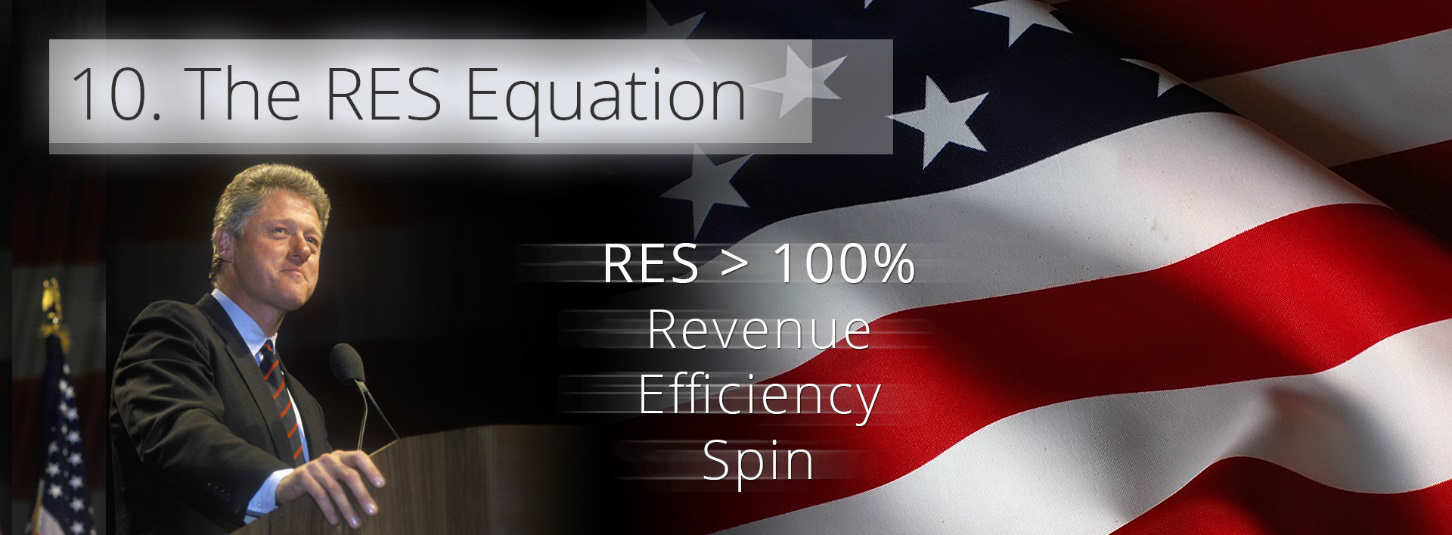
M-System 10b – The RES Equation – Financial Equivalence
S-World UCS MARS Resort 1, fact or fiction remains to be seen, but on Mars with no governments or trade deals to worry about, we can theoretically implement the RES equation with a 100% ‘E’ Efficiency, where after we cut tax and spin, creating a supercharged economy unmatched on earth. We call this ‘Financial Equivalence.’
Our inspiration: ‘The Law of Conservation of Energy.’
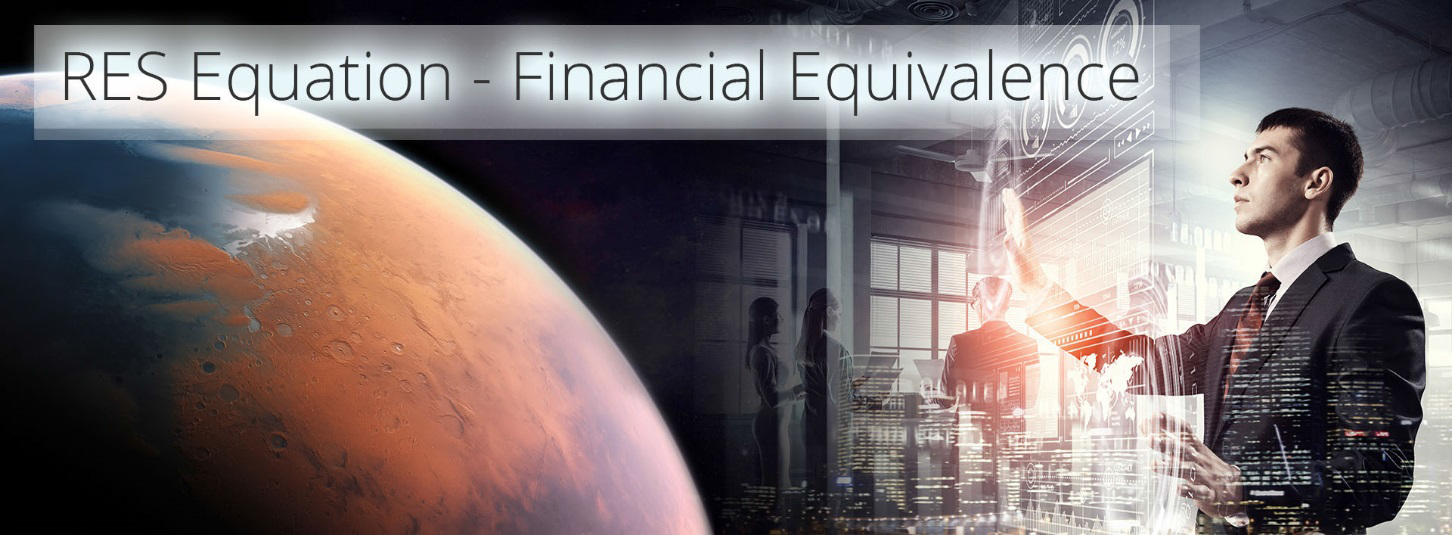
In short, on MARS due to POP and Give Half Back, we can operate with no taxes except on imports. And as every transaction is made via ‘Network Credits,’ every cent spent is income for one MARS Resort company or another. And so, we can go as far as to Spin 24 times so income is, on average, spent roughly every 2 weeks.
I estimate Western Economies operate in-between Spin 3 and 4, with tax eating up most of the ‘R,’ and an ‘E’ of only 10% or so. However, SpaceX and Virgin Orbit have shown its possible within a network to have an ‘E’ of 90%.
Given it no longer relied on imports; in terms of generating cashflow and so GDP MARS Resort 1 at no tax, RES 100%, and Spin 24 will be more than 6 times as efficient as earth bound economies.
An ‘R’ of $1 Billion would create a GDP of $24 Billion, and still be there to create the same the following year. This money never leaves the system; it just builds up and up, and indeed it builds up faster than we would want or need. So, in fact, one would spin less.
However, having the capacity to greatly increase or slow GDP by simply adjusting the ‘S’ (spin) dial is significant system-based economics.
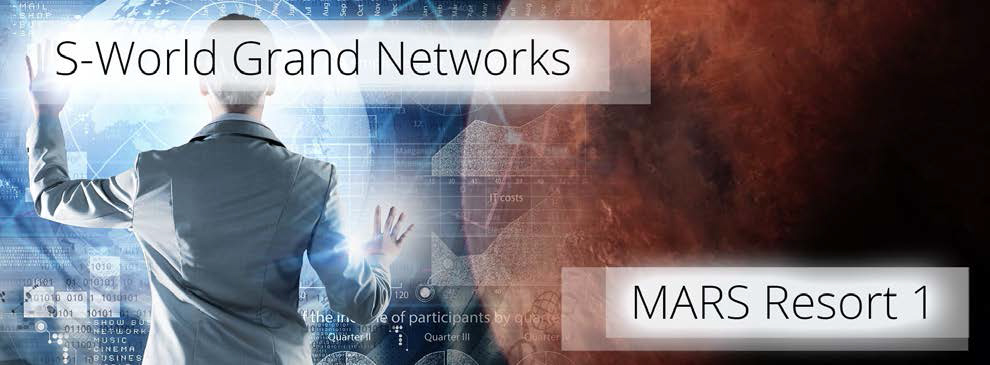
It was only in making ‘The GDP Game’ simulation rules that I realised that we could, without too much burdensome and unrealistic legislation, deploy the MARS Resort 1 RES, low tax, high ‘E’, and Spin simulation to the Malawi Network.
Simply because, in the first stage (2018 to 2023), over 80% or more of economic output is for the people, be it rather extravagant but nonetheless social housing, electricity for the nation, infrastructure, welfare, public sector and municipal jobs, and in fact every one of the points made in this paper.
It is only fair (and prudent) for a meeting of the minds on tax; where S-World pays tax on goods and services produced and sold at a profit, but does not pay tax on goods and services produced that are ‘for the people,’ which equals an average of about 5% tax, which is not low enough to erode away the profits from spinning in a RES spin 8 scenario.
When applied with an ‘E’ of 90%, tax at 5%, and Spin 8; this equates to an increase in Cash Flow/GDP of 539%. And so, if in 2023 we achieve the $4 Billion in sales of Malawi S-World bonds, this $4 Billion needs to be multiplied by 539% which creates a boost to GDP of over $25 Billion.
And here’s the thing, Malawi’s current GDP is only $5.5 Billion, and such an upturn would be completely unparalleled in economic history.
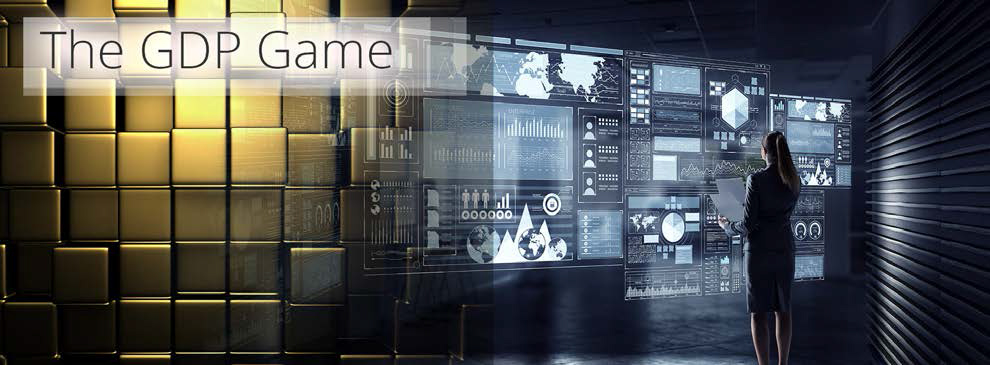
But when it does so, every private investor, financial institution, and country in the world is going to want to invest. And that’s why this chapter is called ‘The GDP Game,’ as the End Game is to make S-World bonds so popular we can repeat the exercise (which is mostly internal GDP and does not rely on exports) across Africa, Asia, South and Central America; and usher in new world where just, as expected/predicted, due to convergence Africa catches up with the West but on an accelerated time scale that avoids the population explosion, and saves the trees and animals.
Special Project Enabler 2. S-World Bonds
S-World Bonds are the financial instrument used to gain investment in land, industry, and companies.
The difference between S-World bonds and government bonds are that S-World bonds are the equivalent of Gold Standard, in that they have an intrinsic value; unlike government bonds that have only the country’s ‘word’ as guarantee.
The S-World bonds’ intrinsic value is firstly, land purchased; secondly, industry built on that land; and thirdly, the companies that are created, and of particular value are the companies that are awarded Ťenders.
The combination of the value of the land, the industry, the companies value plus POP reinvestment then becomes the value of the Bond; which even when accounting for 50% of the bond value to be spent on infrastructure and half the profit from the companies shared amongst its personnel, still increases its value significantly.
In particular due to the Ťender process, which we are careful in Chapter 10 – ‘RES vs Tax & Diminishing Returns’ to make sure are not reliant on fresh investment year on year, so avoiding any resemblance of a Ponzi or Pyramid scheme.
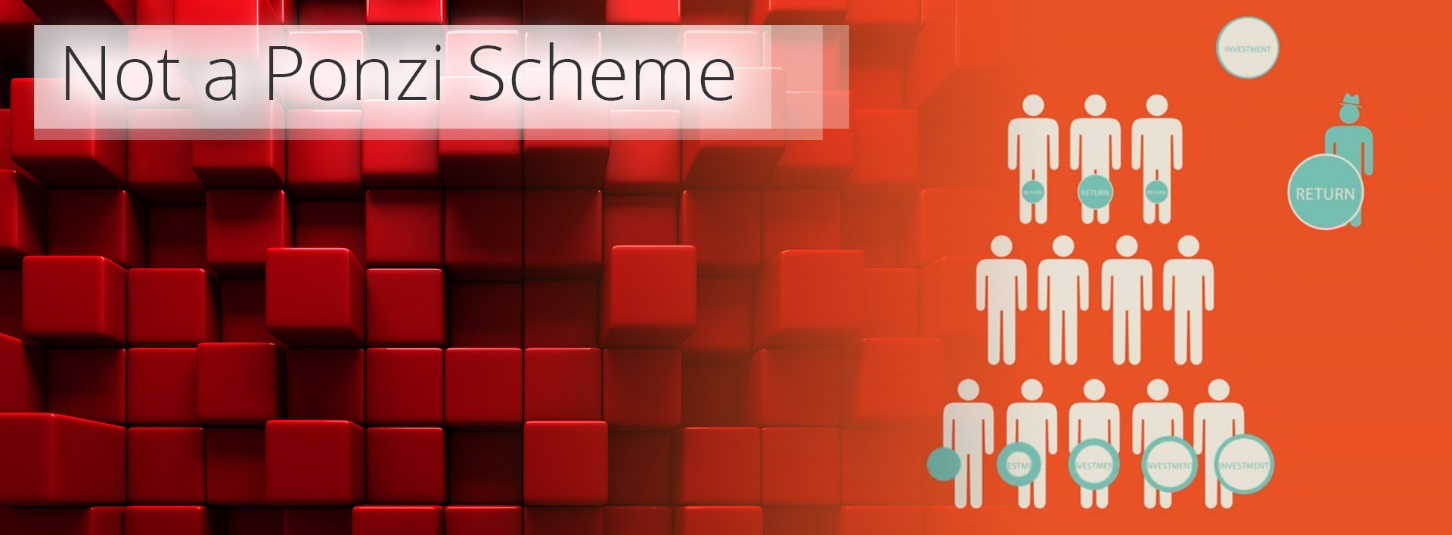
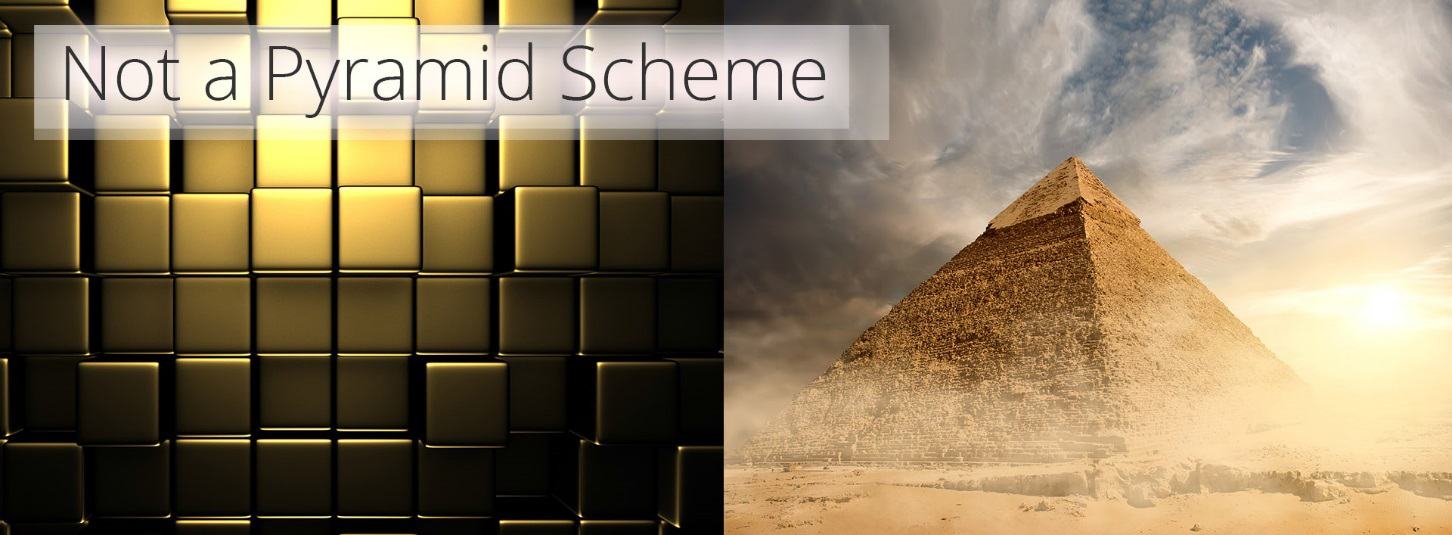
Special Project Enabler 3. POP Investment
Pop Investment is the subject of Book 2. ‘The E-TOE’ (The Economic Theory of Everything,) which goes back to the summer of 2011 and a thought experiment about the butterfly effect and rounding errors.

POP Investment is created from all small to medium S-World companies outside of Grand Networks, which we label Virtual Networks (any S-World company not attached to a property development is in a virtual network).
The basics are that we set a high target that any company would be pleased to receive, relative to their internet; and when bested, we invest the balance, typically as a combination of S-World Bonds and POP Super Coupling.
The more successful Virtual Networks and their companies are, the more income we create for investment into Grand Networks.
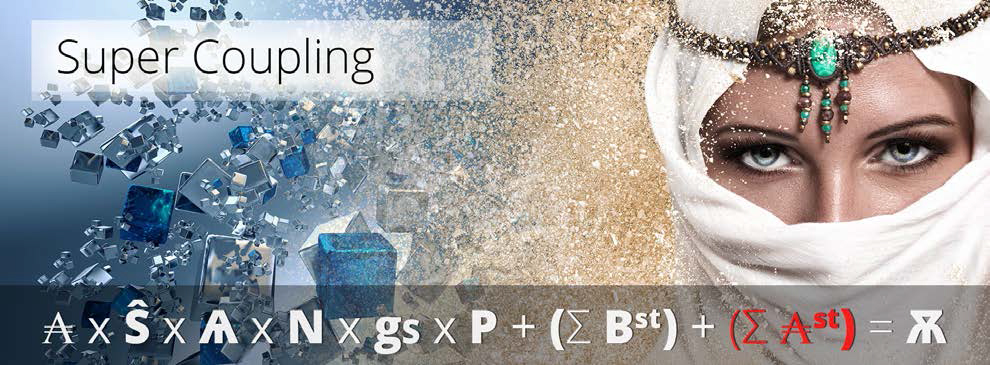
Special Project Enabler 4. Give Half Back
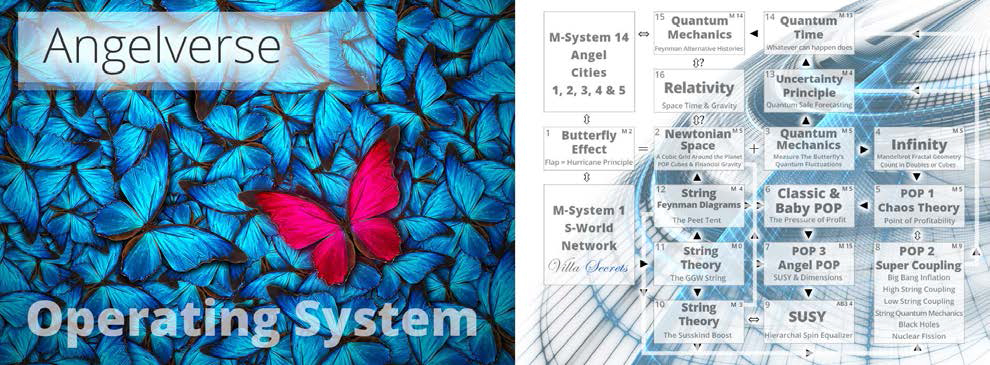
When it comes to M-System 16 ‘Angelverses,’ big companies and in particular the Super Projects, S-World TBS™ (Total Business Systems), S-World VSN™ (Virtual Social Network), & S-World UCS™ (Universal Colonization Simulator); instead of POP Investment, we have ‘Give Half Back’ which sees 50% of profits donated to the Grand Networks in locations of abject poverty that most need funding to pay for expenses such as the salaries of those in hospitals and schools.
In some cases, POP investment has a ‘Give Half Back’ contingent. For instance, 25% POP Investment may be spent on S-World Bonds, 25% may be spent on the very lucrative Super Coupling form of POP, and 50% may be used for philanthropic or ecological funding.
In addition, there are about a dozen other Give Half Back initiatives, which is a good a place to end this chapter as any, as it brings us full circle back to Angel Theory Book 1. Chapter 1. ‘Give Half Back.’
